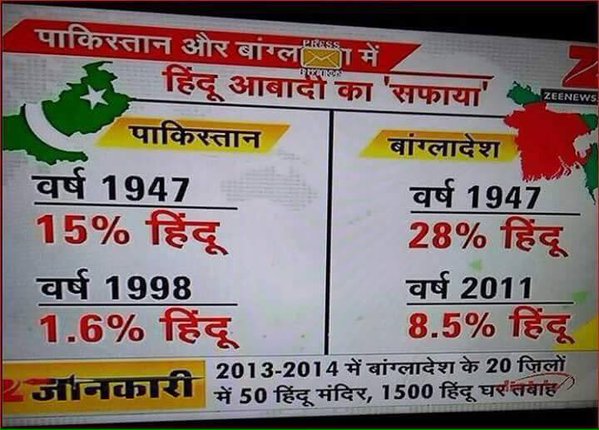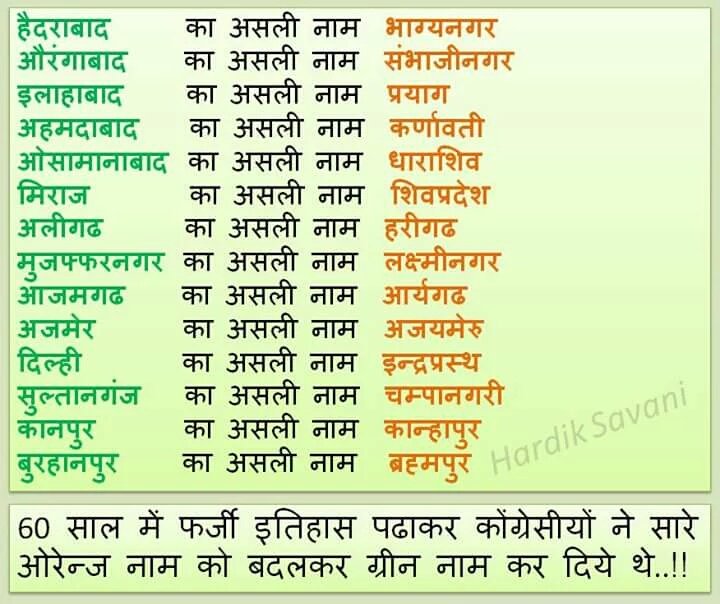The Sham Sharma Show Global IL
Tahir Gora Canada
Sanjeev Newar
https://www.youtube.com/channel/UCmK5Cu4T_JD_uLaDAsNiWEA/search?query=RSN%20Singh
The Sham Sharma Show Global IL
Tahir Gora Canada
Sanjeev Newar
https://www.youtube.com/channel/UCmK5Cu4T_JD_uLaDAsNiWEA/search?query=RSN%20Singh
Indian foundations of Modern Science | Indus Scrolls
Indian Foundations of Modern Science: Lecture by Padma Sri Prof. Subhash Kak
Can AI Mimic Rasa | Parth Parihar with Dr. Subhash Kak
Artificial Intelligence and Consciousness – Padma Shree Dr. Subhash Kak.
Brain & Consciousness: Neuroscience Aligns with Vedic Wisdom Pt. 2: Dr. Subhash Kak
Subhash Kak at Conference on Soft Power
Papers
Indian Physics: Outline of Early History
Greek and Indian Cosmology: Review of Early History
https://arxiv.org/abs/physics/0303001
(PDF) On the Science of Consciousness in Ancient India
Welcome to rediff.com, News: The Subhash Kak home page
http://inhome.rediff.com/news/kak.html
The Ganita tradition was erased from the history of Mathematics. One of CK Raju’s most important contributions is his cogent argument for a fundamental change in the way Math is taught in Indian schools and colleges.




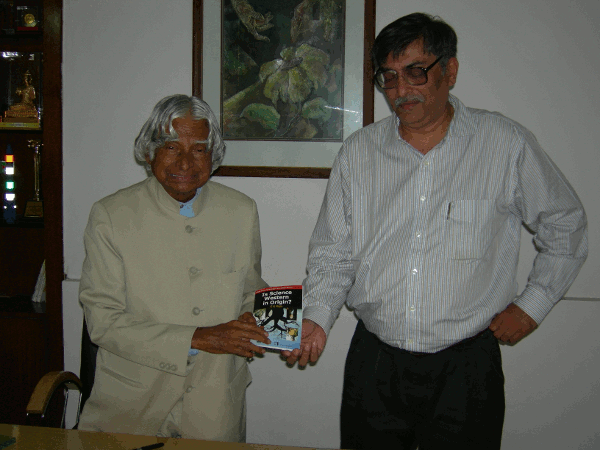

Junction conditions in general relativity – IOPscience
Black Thoughts Matter: Decolonized Math, Academic Censorship, and …


Articles by other writers on the same issue
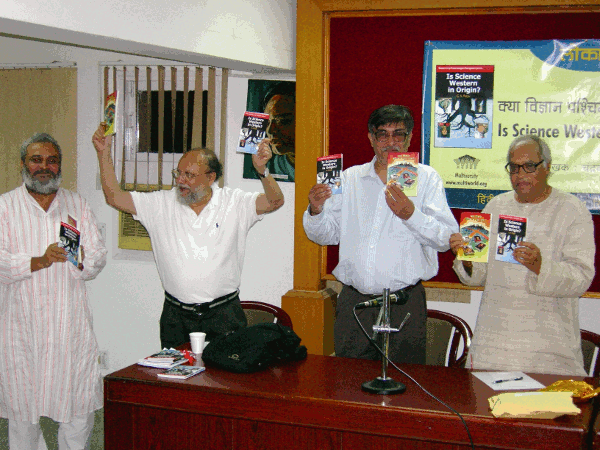

Remember Jyotish includes calendar systems. The same systems that Europeans came to India to copy since theirs did not work, and what the “modern” calendar of Pope Gregory is (badly) modeled on.
Sankrant Sanu calls for a better calendar for India on which India can celebrate a new year. Our dissociation with the lunar cycles is also a disso…
indiafacts.org



C. K. Raju’s Blog » Blog Archive » George Joseph: serial plagiarist


Eurocentrism In the History of Mathematics: the Case of the Kerala School | Dennis Almeida – Academia.edu













Why the de-coloniality struggle surprised South Africans – Unisa



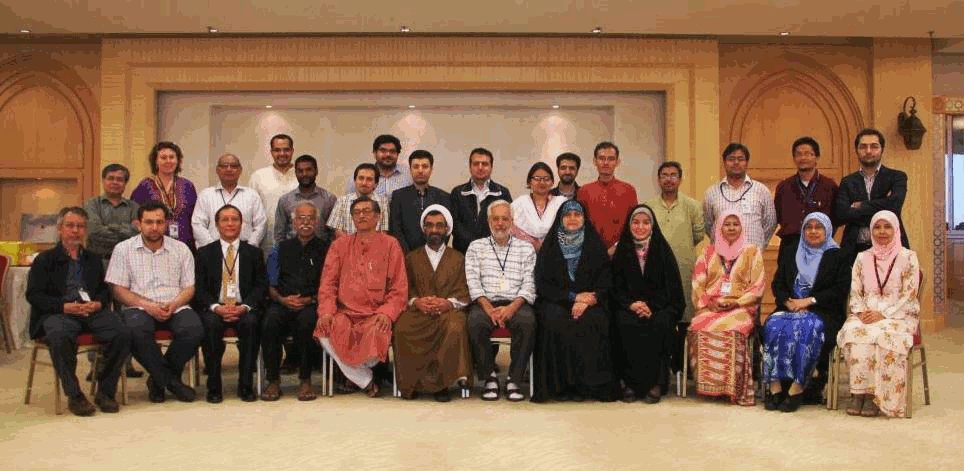

















Read CK Raju’s book that mathematics was digested by church & falsely attributed to Greeks: https://shekereblog.wordpress.com/2015/04/10/euclid-and-



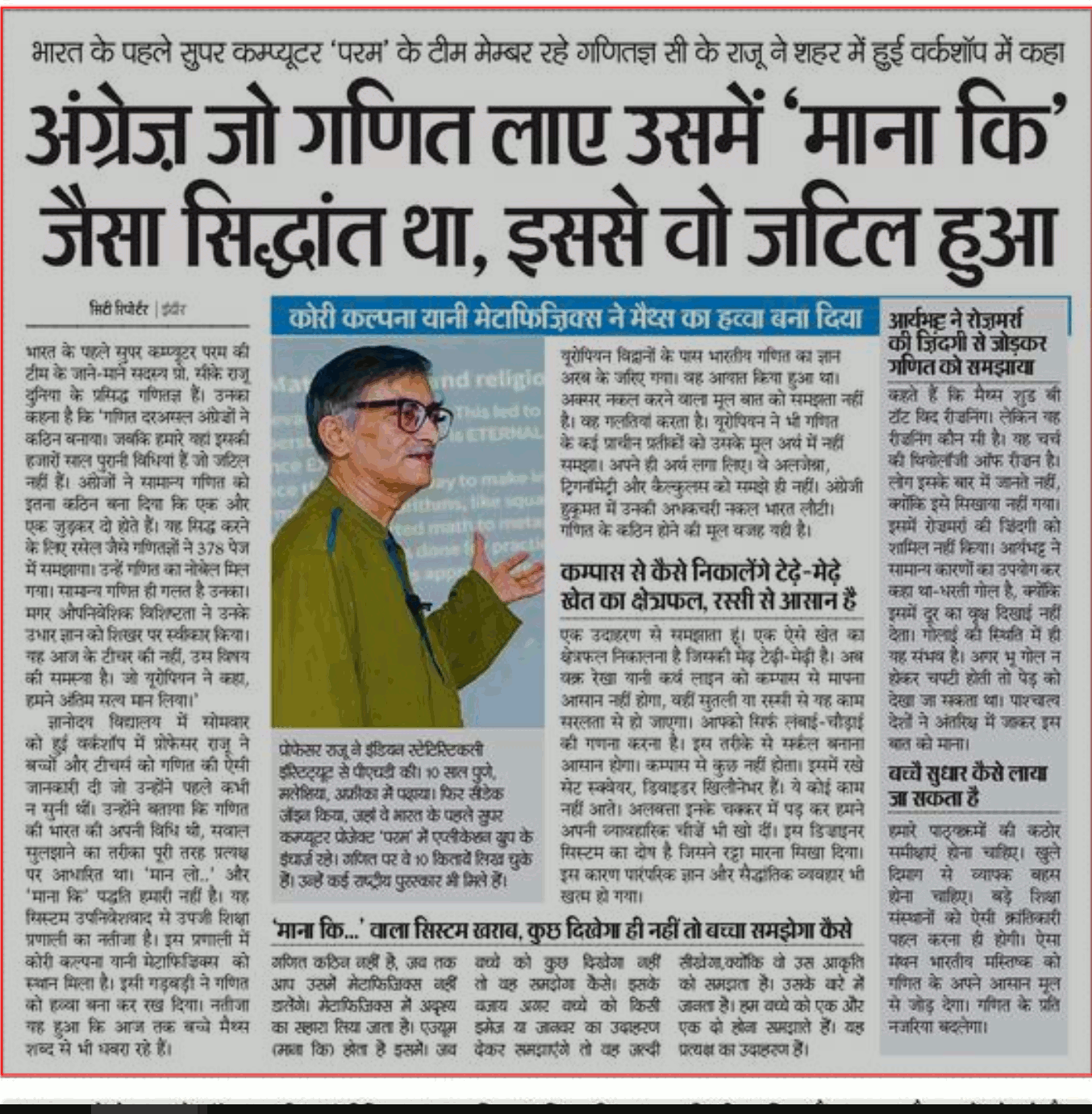



June 25th, 2018
We have never re-examined our math education since independence to eliminate the trash myths and bad philosophy brought in by colonial education. Since people don’t understand the problems at the level of the calculus, this workshop takes up issues at the school level. For links, download the pdf of the poster.


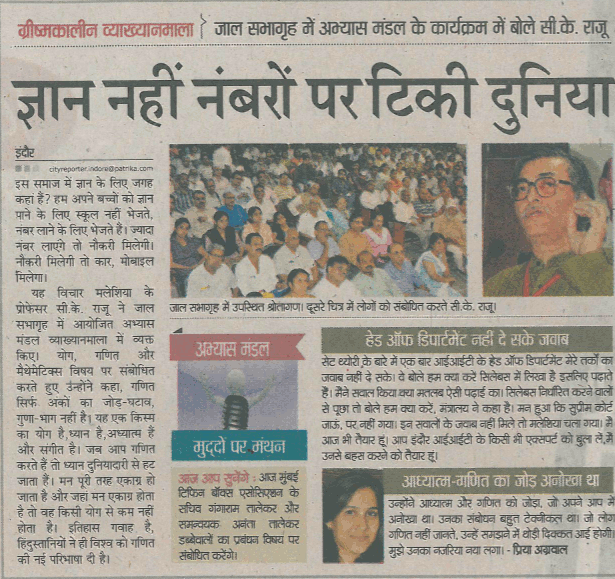

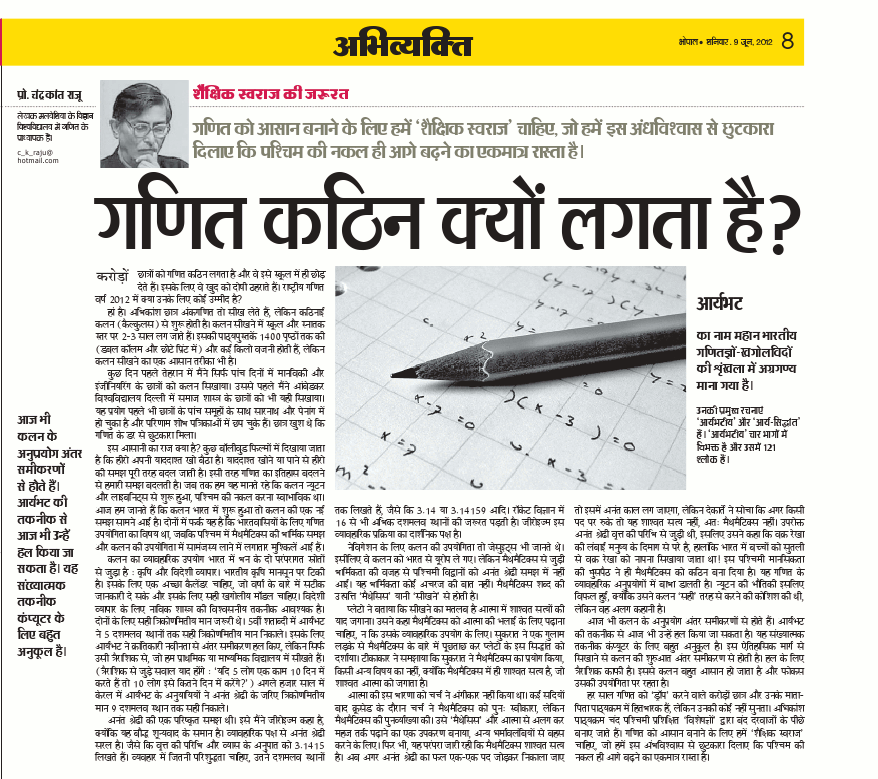
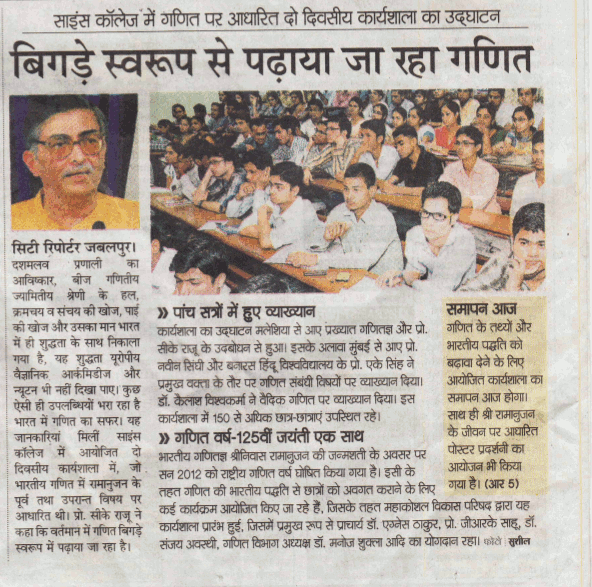
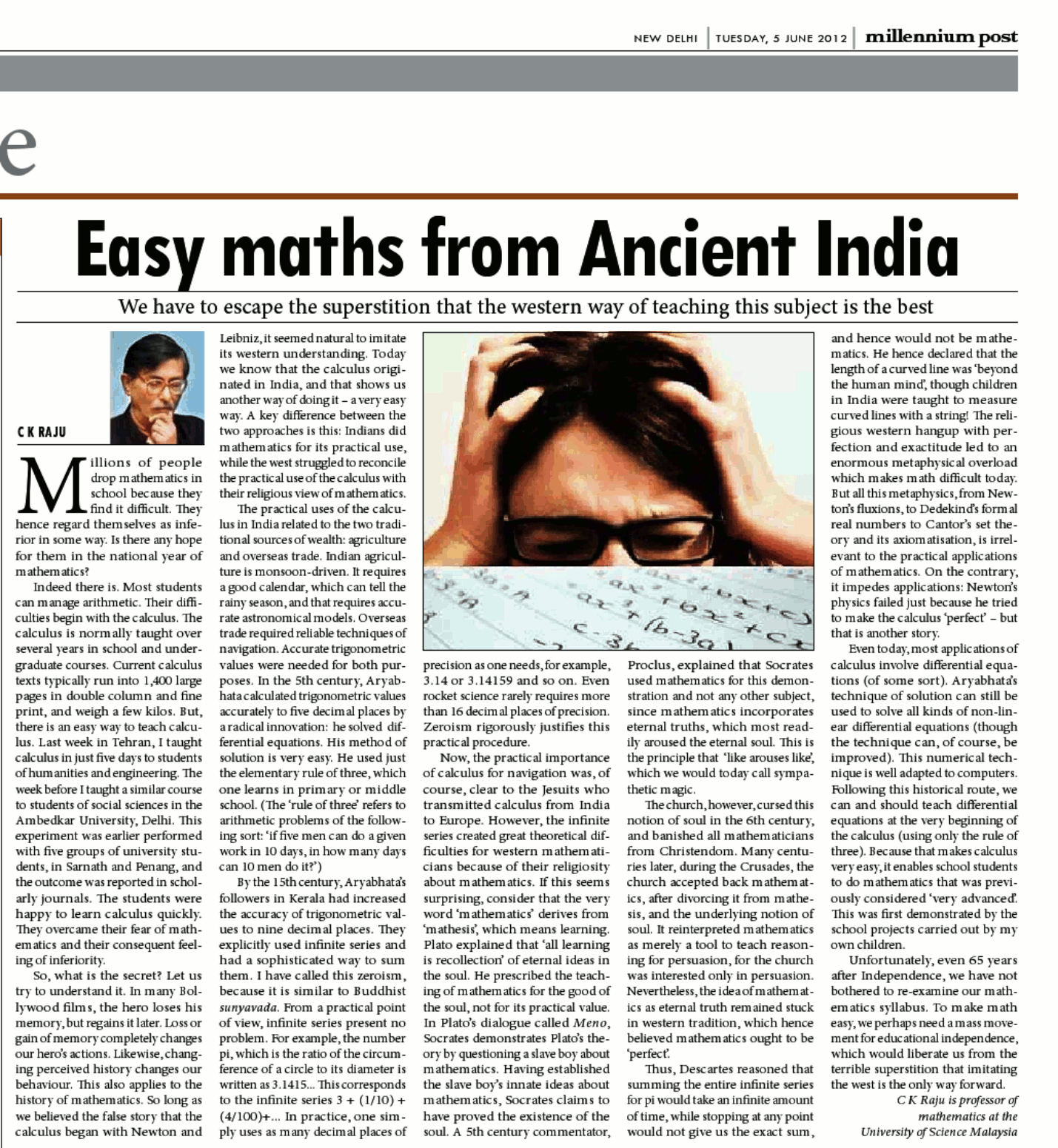

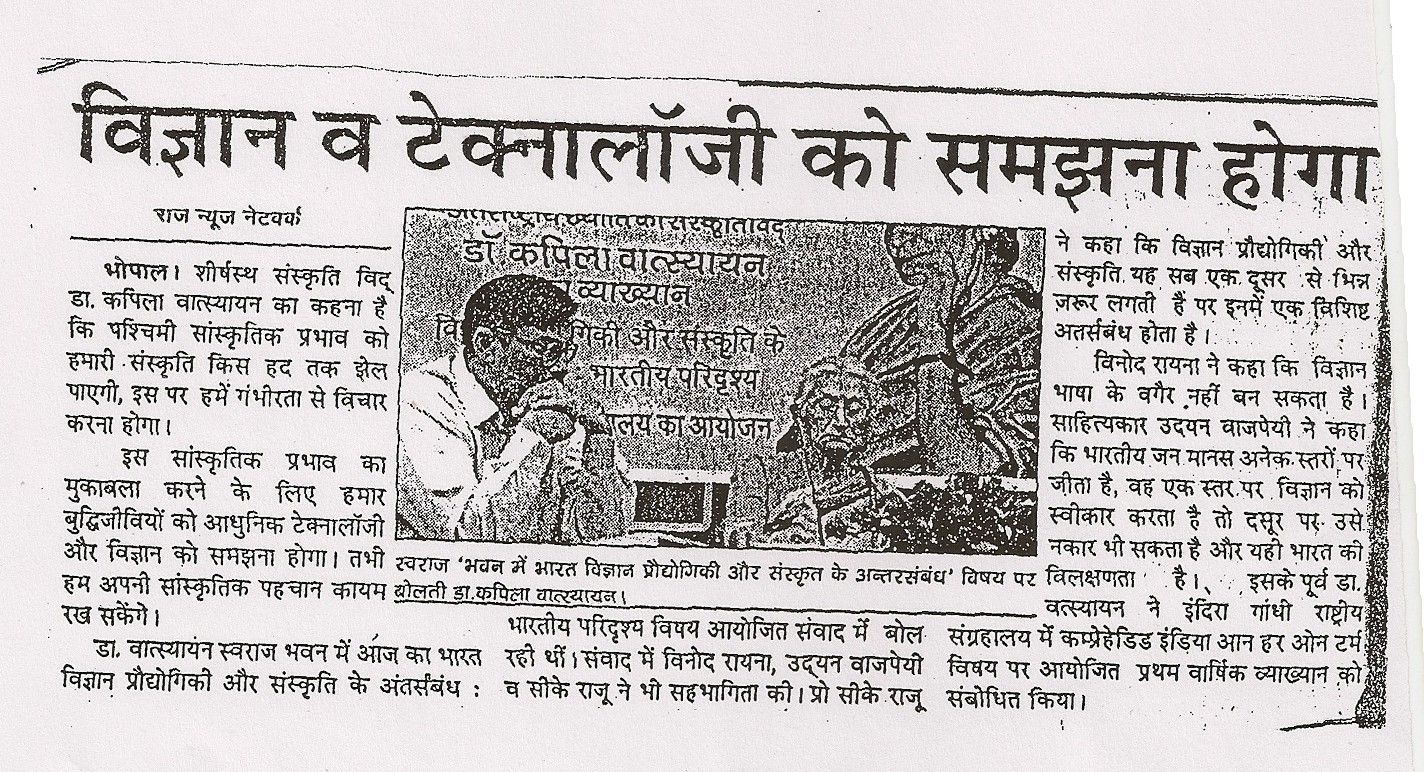

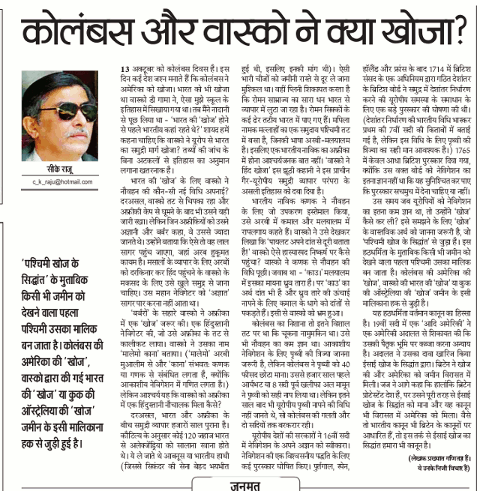



——————————————————————————————





@sankrant संक्रांत जी का उत्तम लेख दैनिक जागरण में प्रकाशित हुआ देख
कर हृदय आह्लादित हुआ | समय आ चुका है जब हम भारतीयों को अंग्रेज़ी का दासत्व अंततः त्याग कर अपनी-अपनी मातृभाषाओं का गर्व से, अधिकाधिक प्रयोग प्रारंभ करना चाहिए |

Articles by Sankrant Sanu

IndiaFacts Hindu Human Rights Report launched at New Delhi: A Report | IndiaFacts
https://bharatabharati.wordpress.com/2015/02/15/delhi-turns-its-back-on-the-bjp-sankrant-sanu/

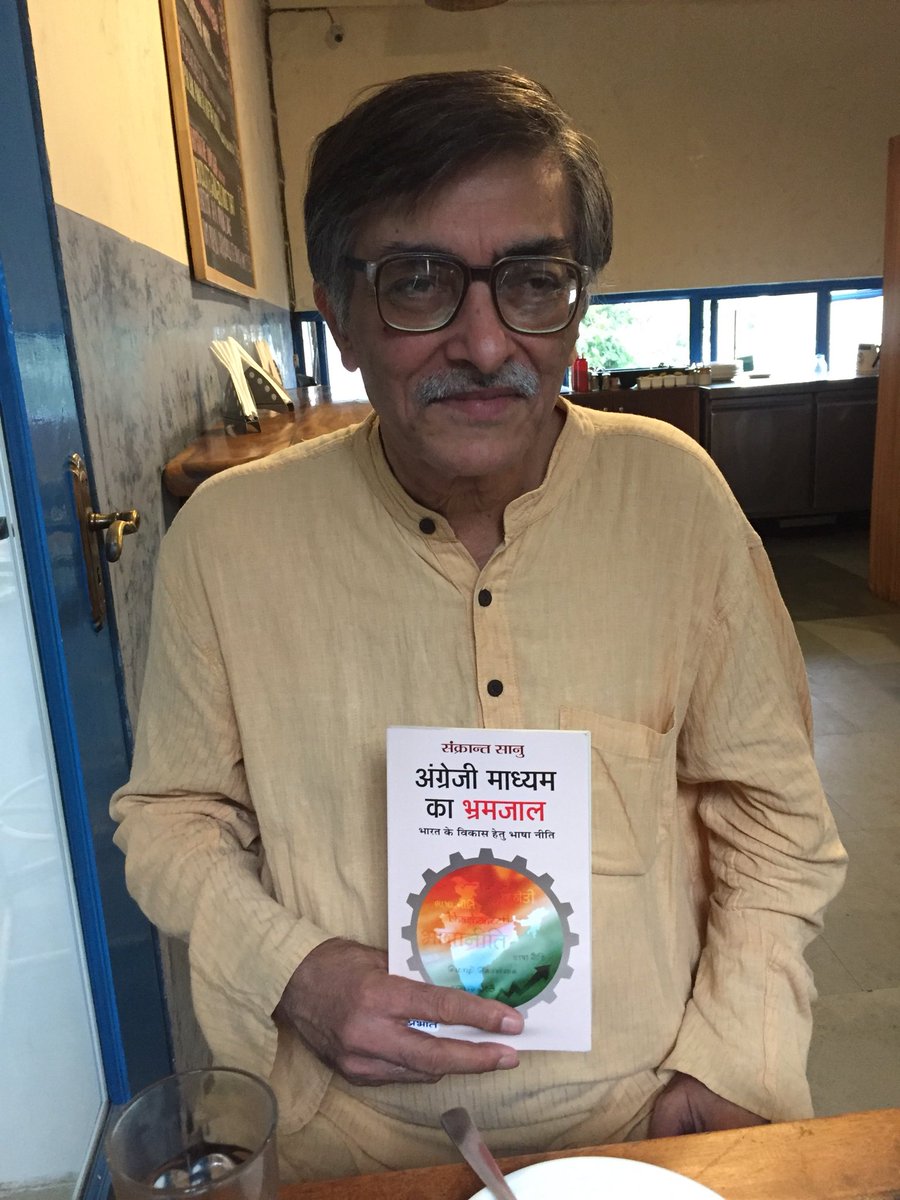
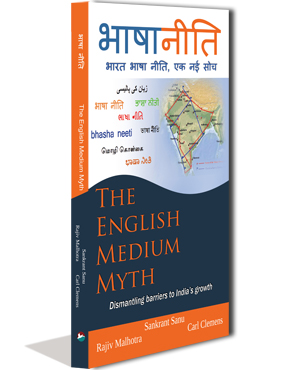
Here Are 5 Myths About English That All Indians Should Stop Believing Right Away
Aug 09, 2016 at 18:21
by https://scoopwhoop.com/author/sankrant-sanu/
Recently, Uma Bharti remarked on the need to propagate Indian languages and how English becomes a barrier. Predictably, people on English news portals jumped on her remarks.
Sample a comment on one such portal:

There are some enduring myths about the English language in India, particularly in association to “progress”, “technology” and “modernity”. As someone who went to an English-medium school in India, I myself subscribed to these myths. It was only when I traveled the world, to over 30 countries, that I realized our assumptions about English are that of frogs in a well.
When I was a manager at Microsoft, I visited my team at the Microsoft development center in Israel. This was eye-opening. I later spent a summer traveling in Indian villages and I realized the real cost of our assumptions about English. Contrary to the notions I had about English is necessary for science and technology or for India’s progress, I came to realize that India’s English-medium obsession is one of the biggest barriers to India’s development.
Here then are 5 enduring myths about English:

India’s English-medium obsession could be one of the biggest barriers to India’s development / Reuters
There are millions of people in the world who are well-off, well-educated and technically savvy and they don’t speak a word of English. When I was in South Korea, I found it to be an affluent country. However, it was nearly impossible to find someone who spoke English apart from the staff of the luxury hotel I was staying in. In China, I found a tech-savvy population and a proliferation of high-end iPhones. Yet, even at a fancy restaurant in Beijing, I found that not one person—from the wait-staff to the manager—spoke a word of English. I can’t imagine something like this happening in India. The staff at the Chinese restaurant asked me to type my order into their smartphone. They then used the Baidu app to translate it into Chinese.

(Left) Ad for Audi in Beijing is not in English. Ad for multinational bank HSBC is in Turkey. Photo: Sankrant Sanu

MNCs in all major countries operate in the local language. When I was at the Microsoft Development Center in Haifa, Israel, I was surprised to find that the language of communication was Hebrew, not English. Emails were in Hebrew, technical documents and discussions were all in Hebrew. This, when the entire population of Israel is less than that of Delhi. Similarly, Samsung, which is one of the biggest electronics manufacturers in the world with cutting-edge technology has a CEO who did his MBA in Korean. Samsung uses Korean in South Korea, uses Thai for office jobs in Thailand, but in India it uses English. MNCs choose to adapt to different countries of the world but in India, we bend backward assuming MNC means English.
Car number plates in Thailand. Notice Devanagari-like script. Photo: Sankrant Sanu.
This is the most enduring myth—that English has given India a “competitive advantage” in Information Technology. There are highly technically advanced societies, such as Japan, that do not use English. Some years ago I traveled to Indian villages armed with IQ tests. I found, to my surprise, that rural children outscored urban Indian children in IQ. English, as the language of higher and professional education, alienates these children. They find math easy but English hard.

Chinese use local language in technology. For representation /Reuters
Even when it comes to outsourcing, the advantage is temporary. China’s programmers learn in Chinese and have teams with one outward-facing project liaison who speaks the client language. Thus, China is providing outsourcing to the US, using English, but also to Japan, using Japanese. Only about 5% of the world’s population is native English speakers and the importance of this segment will likely decline as the US and the UK decline as Economic superpowers. China is also investing in technological innovation, developing its own companies, like Baidu and Weibo for search and social networking while its entire technology education uses Chinese.
Science is taught at the graduate level in dozens of languages across the world, from Japanese to Portuguese and from Thai to Polish. It is even written using the pictographic Kanji (Japanese writing system) script with thousands of characters. Even MS-DOS the command prompt operating system from Microsoft supported Kanji characters 30 years ago because the Japanese demanded it.

In Japan, students learn science in local language / Reuters
Indian languages, on the contrary, are highly scientific. They are phonetically sound and can express a range of sounds. They also have technical literature and vocabulary for hundreds of years. Sanskrit-based grammars also make it very easy to construct new words.
Hebrew was once considered a dead language, yet it was revived for science and technology education. Technion, Israel’s foremost engineering college is Hebrew-medium and is ranked much higher than the IITs. Languages need investment. India simply needs to invest in its languages and keep them contemporary. It is much easier to translate one thousand key books on science and technology than teach a foreign language to a billion plus people.

Students at The Technion-Israel Institute of Technology / Facebook
It is, in fact, the other way round. It is English that is pushed in India by government policy. The government allows only English in the Supreme Court and most High Courts. Most top institutes, be it the IITs, the IIMs or the AIIMS, they are all funded by the government and operate only in English. Most government websites still use English as the primary language. But is this because people want it?
No, where people have a real choice, they prefer to consume Indian languages, not English. Only one of the top 10 newspapers in India is in English. As a percent, less than 10% of the newspaper readers prefer to read in English. English TV channels have an even smaller percentage of the audience. Thus, given a choice, most people would rather read and listen to their own languages.

It is the vernacular newspapers, and not the English language ones, that rule the market in India.
The demand for English arises because of flawed government policies that are pushed by the elite. We need to provide an equal opportunity to study Indian languages. This will allow deep technology penetration. English cannot be the vehicle for our development, rather it remains the biggest barrier to our progress.
——————————————————————————————
The English Medium Myth
——————————————————————————————
शिक्षा अधिकार क़ानून (आर टी ई) पर दैनिक जागरण में आज मेरा लेख।@realitycheckind

Twitter Chat about education in India
Scientific Research consistently has shown that children learn better in their mother tongues. Yet the Indian govt’s #EnglishApartheid policies creates a mad rush to English-medium, destroying talent, minds, and culture. @narendramodi
Children Learn Better in Their Mother Tongue
Globally, there are 50-75 million ‘marginalized’ children who are not enrolled in school. Children whose primary language is not the language…
globalpartnership.org

एअर कनाडा को हिंदी के प्रयोग में कोई परेशानी नहीं। वह पंजाबी में भी बोलते हैं। लेकिन भारत में आते ही हवाई अड्डे से ही अंग्रेज़ी ही सब जगह दिखती है।

दुनिया बहुभाषीय है। जब सब जगह अंग्रेज़ी ही झलकती है तो समझ लो की “भारत” पहुँच गए।


Sankrant Sanu सानु Retweeted Anant Goenka
सबसे बड़ी परेशानी हमारी मानसिकता की है। हमारी ग़ुलाम मानसिकता ने अंग्रेज़ी को उच्च मान लिया। यह मानसिकता दशकों की भारत सरकार की नीति और भेदभाव का परिणाम है।
3 ppl on business class London to Mumbai reading newspapers that are in either Hindi or Marathi (NBT, Loksatta). In Europe we also often see passengers reading French/German newspapers..we must get over the idea that local language media doesn’t target a higher income audience.

——————————————————————————————
Sankrant Sanu सानु Retweeted Abhishek
No surprise. Just like the colonial courts the patent office of the slave Republic of India does not allow patents to be filed in any Indian language. @narendramodi @drharshvardhan
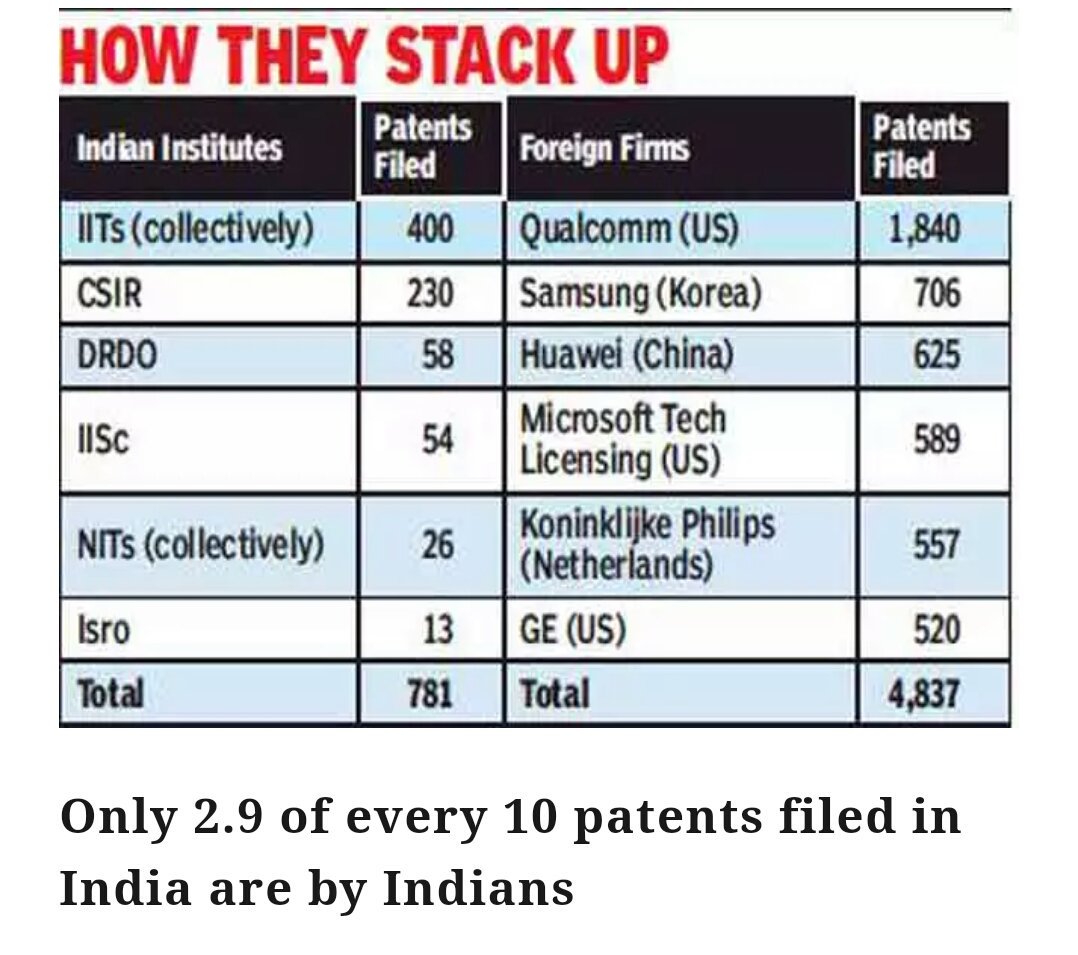
Maodas Macaulayputra @Macaulayputra
Sankrant Sanu सानु @sankrant Aug 2
I met a village boy who wanted to do industrial design. Couldn’t surmount AutoCAD being in English. Now drives a taxi.
Evolved Monkey @evolvedmonkey82
HiPAC @HinduPAC
Priyank @priyank_ks
ASHOK SINGHAL @shoksing
@rahuldev2 @sankrant wouldn’t GST will worsen it by forcing invoicing in English which may be difficult for many state babus & shopkeepers
Sankrant Sanu सानु @sankrant Aug 5
——————————
————————–
Priyank @priyank_ks
vishwamohan @mycobacteriuma
Abhijit Majumder @abhijitmajumder
AB @absrkr
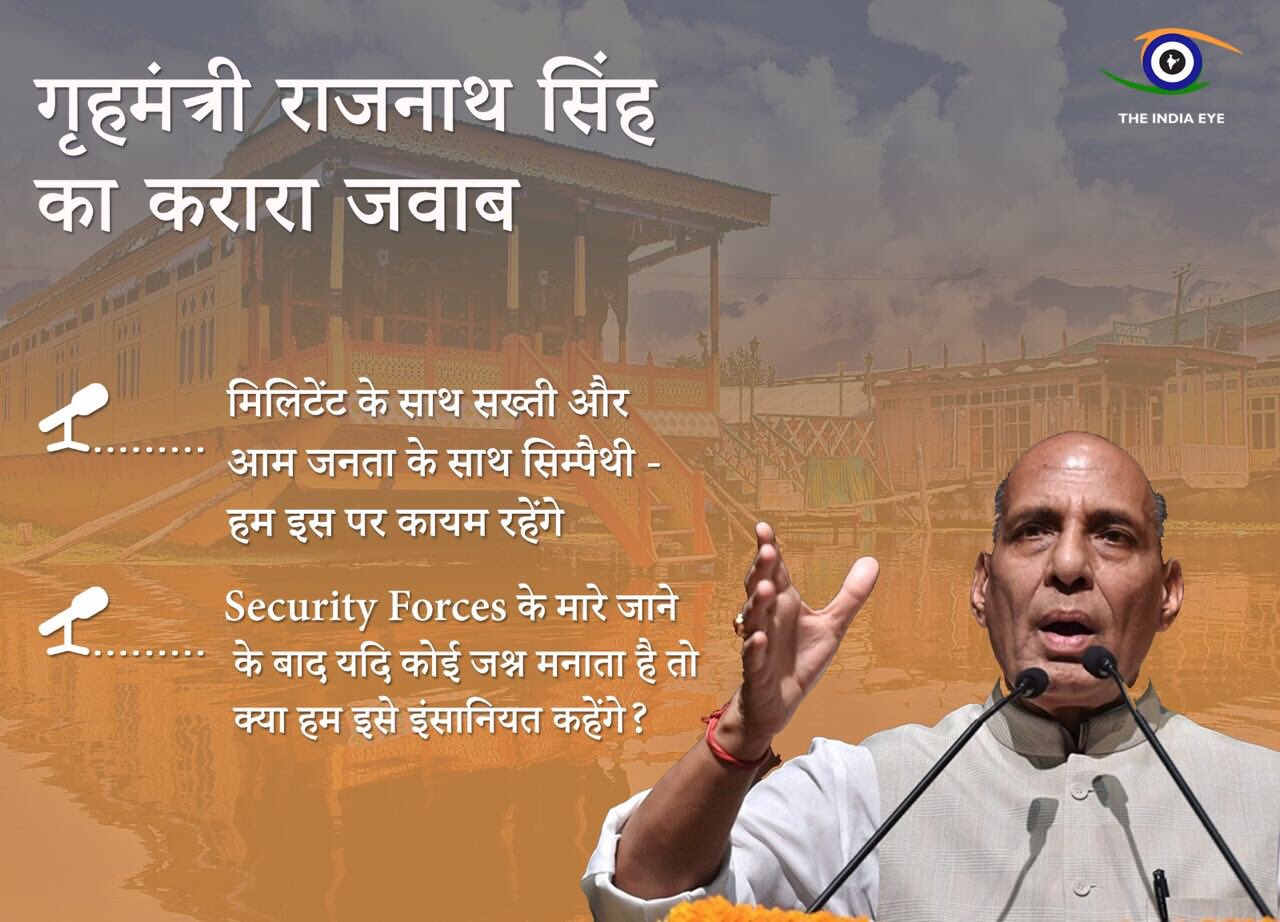
 @madhukishwar
@madhukishwar ‘s “solutions” are the exact opposite. It thinks bureaucratic monitoring and control will fix education. Trust people, not govt. 7/n
‘s “solutions” are the exact opposite. It thinks bureaucratic monitoring and control will fix education. Trust people, not govt. 7/nMaodas Macaulayputra @Macaulayputra
CC @Satyanewshi
———————–
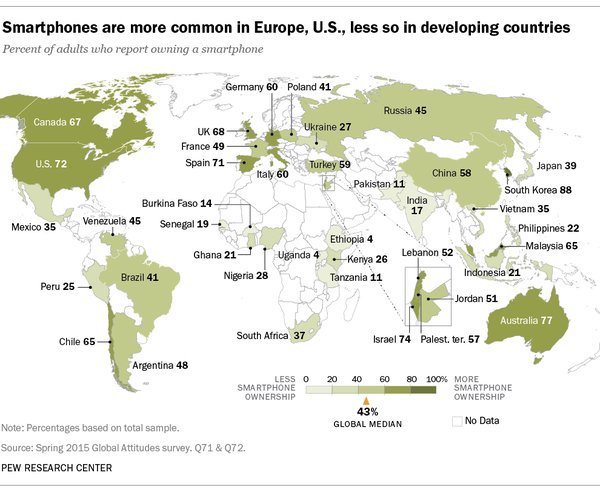

Chinese companies are registering for more AI patents than their American peers, including in the advanced subset of AI called deep-lea…
qz.com
Mother tongue or English? What should be the medium of education?
Problematising Hindi as the ‘Self’ and English as the ‘Other’


Obsessions of Indian Intellectuals – Part II – Dr. Kapil Kapoor – India Inspires Talks






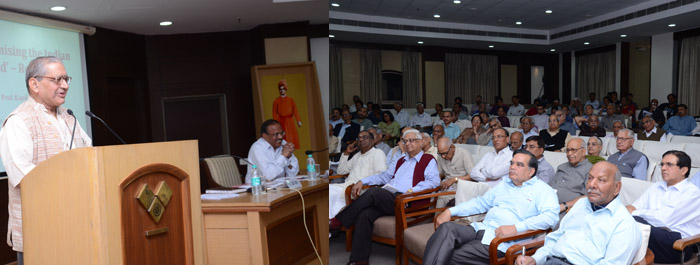











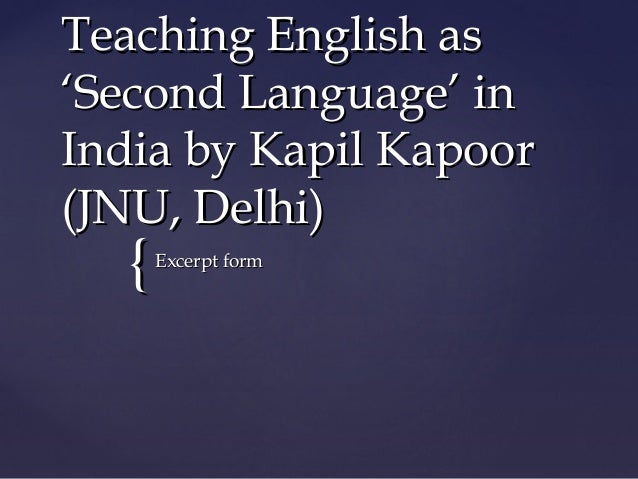







——————————————————————————————
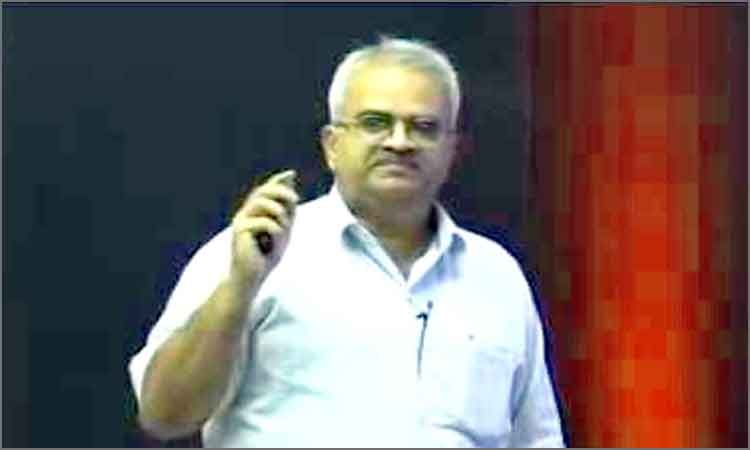












It is no doubt that the world today is greatly indebted to the contributions made by Indian mathematicians. One of the most important contributions made by them was the introduction of decimal system as well as the invention of zero. Here are some of the famous Indian mathematicians dating back from Indus Valley civilization and Vedas to Modern times.
Aryabhata
Aryabhata born December 476 CE Ashmaka is old name of Patna (Bihar) India was the first in the line of a great mathematician- astrologer from the classical …



Aryabhata worked on the place value system using letters to signify numbers and stating qualities. He discovered the position of nine planets and stated that these planets revolve around the sun. He also stated the correct number of days in a year that is 365.
















12 | Prof. Suchandra Ghosh | Social structure in early Indian literature | 21 March
13 | Prof.Srinivas Reddy | Indian society seen through the Bhakti movement | 27 March
—————————————–




——————————————————————————————
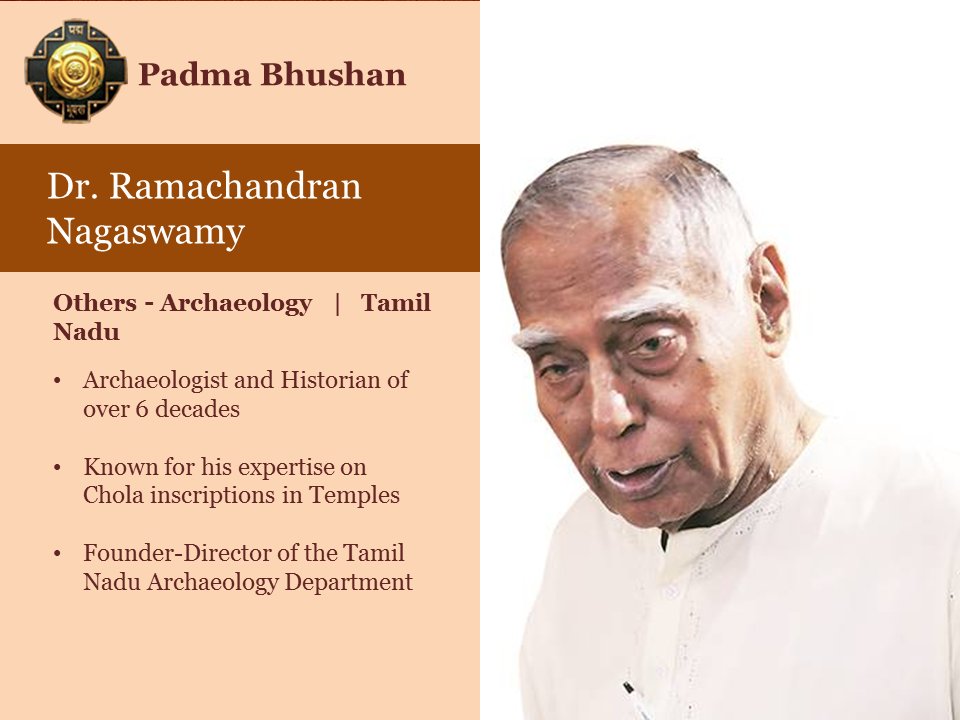






Dr. Nagaswami is famously known for his books with decades and decades of research supported by hard evidence of scriptures which help dismantle all the wrong things written about our heritage and our history, all the divisiveness between Sanskrit and Tamil, Vedas, and Tamil culture and how Tamil culture is very much influenced by Vedas and how it is a part of the Indian culture, a limb of the whole society of India and not an isolated culture.


————————–

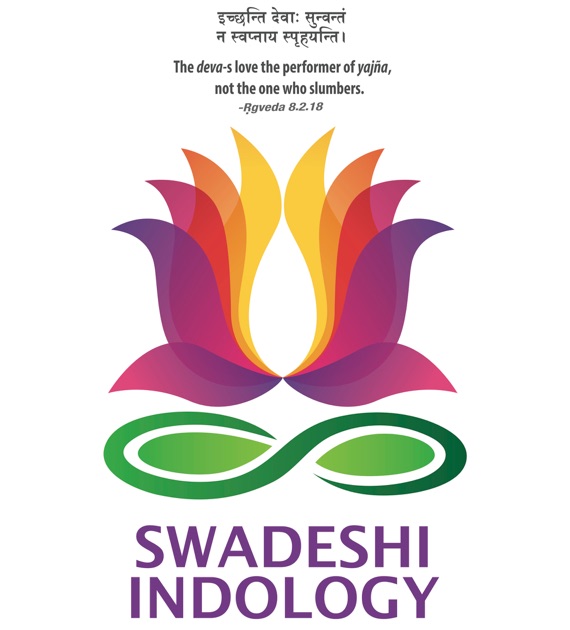



Swadeshi Indology Conference 3 —
Figure 2 Dr. Nagaswamy highlighting the similarities between Thirukkural and Dharma Shastras and the essential unity among Indian traditions


Swadeshi Indology 3 Inaugural Events (with Proceedings Book Release)
Padmabhushan Dr. R. Nagaswamy’s Plenary Talk – Tamil Nadu Land of Dharma
Panel Discussion on the proposed Harvard Tamil Chair
Critiquing the Harvard Tamil Chair
Swadeshi Indology 3 – Panel Discussion on Dravidian Hinduphobia
Swadeshi Indology 3 – Nilesh Oak’s Plenary Talk on Aryan Invasion Theories

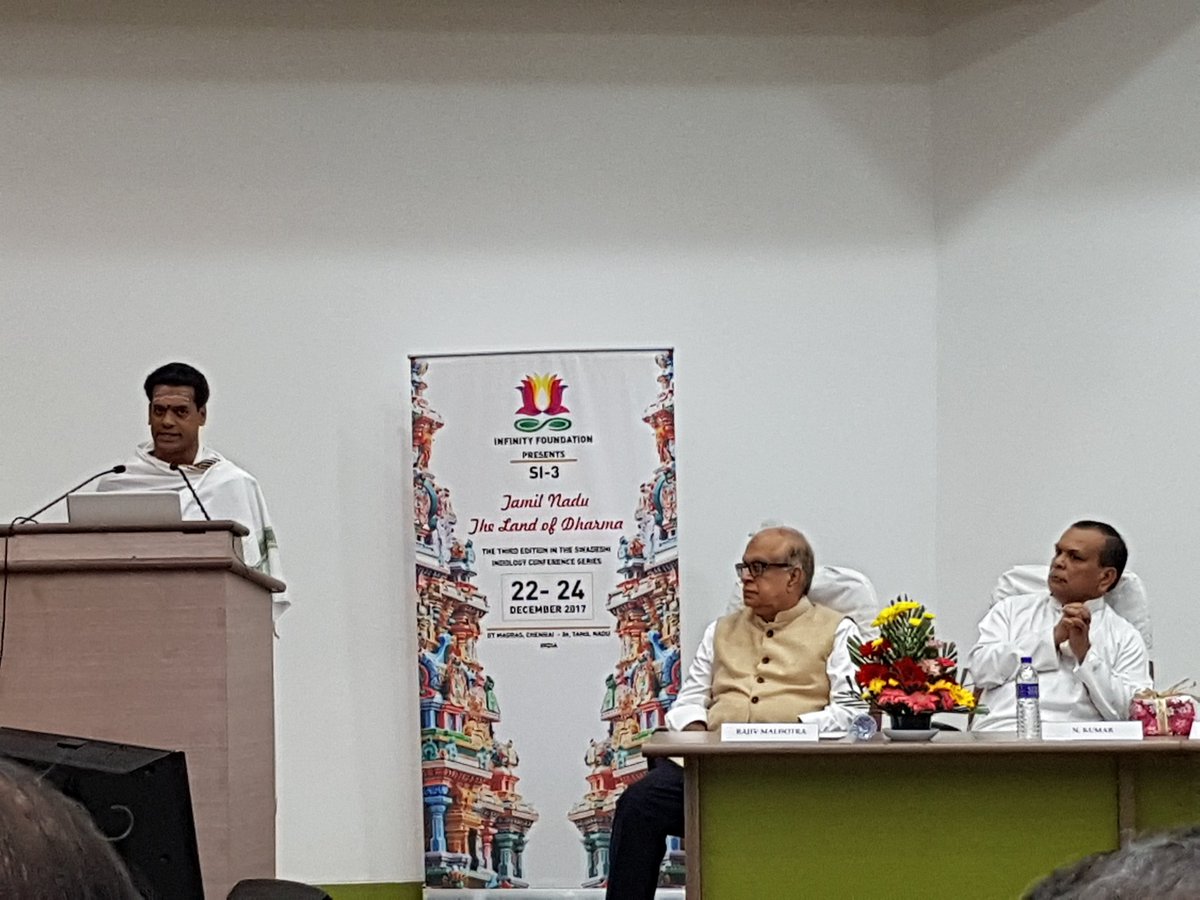





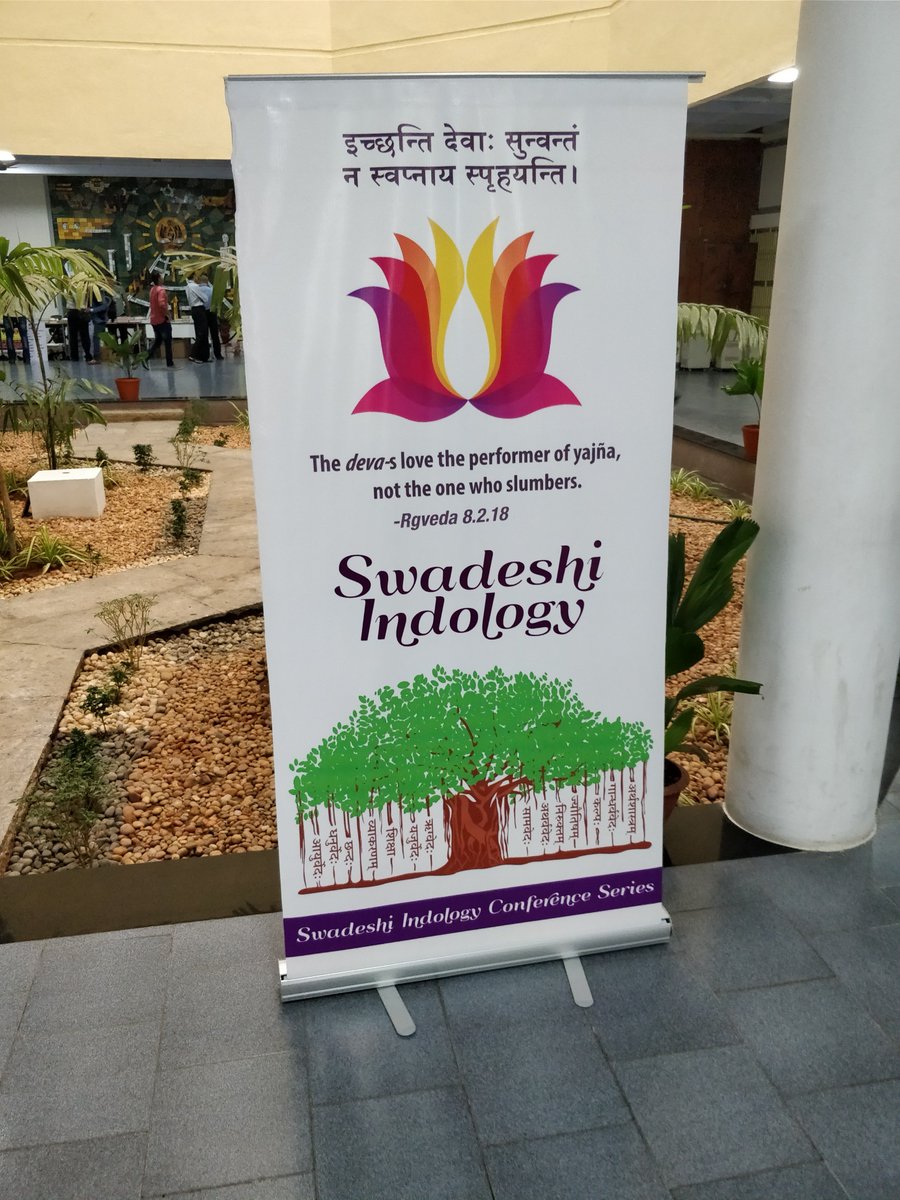
The Nataraja Idol case



“When looking at the literature on the life of St. Thomas, it is not mentioned anywhere that he came to India. It is only a myth, which has now been connected with the excavations at Pattanam, near Kodungalloor,” – Dr. R. Nagaswamy

Dr. Nagaswami responds
Dr.Nagaswamy warns against linking St Thomas myth with Pattanam excavations
Pattanam Excavations- Must be handed over to ASI

——————————————————————————————




https://apostlethomasindia.wordpress.com/tag/thiruvalluvar/
Dr. Nagaswami responds










02 THT PK 2017 – Vaikuntha Perumal Temple – Dr. Chithra Madhavan



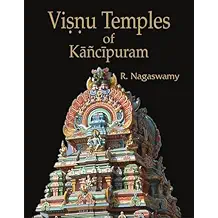













Keezhadi
Posts about Paripadal by Dr. Nagaswamy on Tamil and Vedas
Nagaswamy calls for the movement to preserve sculptures

The Concept of Temples-Talk by Dr.R Nagaswamy


2,200 years Old Ancient City and Civilization found near Madurai
கீழடி ஆதாரங்கள்… இந்திய வரலாற்றை மாற்றியமைக்கும்! எழுத்தாளர் சு.வெங்கடேசன்
கீழடி அகழாய்வு |அமர்நாத் விளக்கம்|archaeologist Amarnath about keezhadi
tamil news | Adichanallur Yet another Keeladi Kept in dark | Adichanallur unknown facts | redpix
நெற்றிக்கண் மனிதர்கள் வாழ்ந்த ஆதிச்சநல்லூர் | Adichanallur Archaeological Excavations | Maya Tamil






As Hindus, we dance and sing our philosophy. Our highest literature is our philosophy. Our culture is never separate from our religion. When one says Namaste it is culture and it is also religion and also it is religious wisdom that we have got to back up religion.
When the Lord of Nritya Sri Ganesha and Sri Nataraja are quietly removed out of Rangamancha, when in the ‘Bharata Natyam’ Sri Vishnu and Sri Shiva mudra is replaced by Jesus mudra, when in the traditional lamp the Shankha, Chakra, Gada, Padma, and Hamsa is replaced with a Cross, when the famous bhajan ‘Krishna Nee Begane Baaro’ is changed to ‘Yesu Nee Begane Baaro’, when the devotion is taken out of the Nritya then it is called ‘Christian Bharata Natyam’. One may argue why Christian Bharata Natyam cannot be devotional? The Answer is simple. One who has left one’s own religion and has appropriated its culture will never be able to fill his heart with devotion. When one leaves his religion the culture leaves that individual too.











सब चोरी का माल है … ॐ को हटा कर क्रॉस लगा दिया ….यह है इसाई लोग ?












The Jesus as a yogi story is sadly becoming one of the main conversion ploys in India.
meditating Jesus | meditating Jesus in India
Chaturbhuja Jesus? Jesus Yogi


इसाई इतने गिरे हुए …हर जगह झूठ और धोका ……इनके सामने तो मुसलमान कुछ भी नहीं

Hindu Sanyasi(Monk) kitty versus wealth of foreign Christian Missionaries
The simple Sanyasis of various Ashrams of India were always busy using whatever money was donated to help uneducated downtrodden, vulnerable poor folks. Their kitty was nothing in front of the huge Christian charity coming from the west or the wealth of the 10 richest temples of India hijacked by the Congress party.
Ramakrishna Mission provides treatment to more than 84 lakh people every year. During floods in Chennai every day they distributed food packets in lakhs. Satya Sai foundation provided drinking water to 700 drought-affected villages. For this, they lay down 2500 km long pipeline underground and constructed more than 200 water tanks with their own funds. When tsunami had struck India, Mata Amritanandamayiee Math had constructed 25 thousand homes for displaced people. Time and time again we have seen tireless volunteers of RSS helping not just Hindu Indians but all Indians. Indians have no words to express gratitude to all such organizations.
Hindu spiritual and service fair
What is the Hindu Spiritual and Service Fair?





9TH HSSF CURTAIN RAISER VIVEKANANDA RATHA YATRA PUJA 15.01.18
Shri S. Gurumurthyji addressing people at Gujarat University, Senate Hall
Hindu Spiritual and Service Fair_Gujarat 5 Jan 2018
9th Hindu Spiritual And Service Fair 2018,9வது இந்து ஆன்மீக மற்றும் சேவை கண்காட்சி 2018
The most corrupt Congress Party had closed its eyes purposely and wanted to keep India’s poor in the even worst state. Keeping Indians in poverty and ignorance was their agenda so that they may win time and time again by fooling these vulnerable and uneducated folks with empty promises.
Indian Government acquired control over Hindu Temples in 1959. As per this law, all the revenues generated by the temple (including Hundi funds) went to the Govt (not the temple priests/heads) and it was the prerogative of the Govt to decide how much of this revenue would be returned to the temples for their maintenance.
Now comes the most unfortunate part. Over the last few decades, secularism has gradually turned into pseudo-secularism which is basically appeasement politics. There have been instances where a state govt had collected all the revenues from temples, but returned only a part of it to them for their maintenance & salaries, and diverted rest of the revenues (from Hindu temples) towards subsidizing Haj, funding Madrassas & Missionaries!!
Consider the year 2002. Karnataka State Govt received around Rs 72 crore from 251,000 temples. But only Rs 10 crore was returned to the temples while rest of the funds were used for other purposes including funding of Rs 50 crore for madrassas & Haj subsidy and Rs 10 crore for Churches.
Also, notice that the number of temples has reduced because thousands of temples had to be shut down due to “lack of funds”!! It makes no sense because there was sufficient revenue (Rs 72 crore) generated from temples but they were not used towards temples and were instead used on activities of other religions, thereby allowing the temples to deteriorate and shut them down citing lack of funds.
The great Hindu king Sri Krishnadevaraya donated 423 diamonds, 30,000 gold coins, and 2800 garnets to Lord Venkateshwara in Tirupati Where is this treasure of Lord? It has been appropriated by corrupt Government officials of a temple-looting Secular State
Tirumala head priest Ramana Dikshitulu alleges irregularities in ttd governance

TTD head priest AV Ramana Dikshitulu, center, addressing a press conference in Chennai.
Dikshitulu made startling allegations of impropriety, corruption, and lack of commitment among TTD administrators in upholding ethos and sanctity…
newindianexpress.com

769 pots of gold missing from Kerala’s Padmanabha Swamy Temple, says former CAG’s report


769 pots of gold missing from Padmanabha Swamy Temple in Thiruvananthapuram: Former Auditor General’s report to SC.
indiatoday.in
—
|
——————————————————————————————

AP government yet to implement pay revision for temple priests.
deccanchronicle.com
 MyNation @MyNation 4 hours ago
MyNation @MyNation 4 hours ago

Courts have no justification for regulating Hindu religious practices, particularly when they are not doing the same for other religions. Such …
mynation.com
—

The Vishwa Hindu Parishad (VHP) Monday said Hindus cannot wait eternally for a court judgment on the Ayodhya land dispute case and as…
dnaindia.com
—
1950 They tried to burn down #SabrimalaTemple
1983 They planted a Cross to claim #SabrimalaTemple
2018 They plan to desecrate the holy #SabrimalaTemple
Forgotten 1st Attack on Sabarimala; 2nd Attack Reminds Danger to Hindu Culture


Do you know Sabarimala Temple was the target of Christian missionaries? In 1950 there was an attempt by Christians to destroy the temple.
myindiamyglory.com









Please advise your friends about this #NoHundiKanike The money you put inside is used to screw Hindus. Don’t be your own destroyer. God does not need your money
This message should be spread across India
But we are not strong enough to lock Temples. Not giving them any income to run is the only option left with us. Only Dakshina for the priest.
#NoHundiKanike if we practice it, govt will disown &hand over temples.. Take an oath no money to Hundi until our rights at temples are restored
Please help the poor priest in the temple instead putting the money in the Hundi
Put slips written “ Don’t steal devotee’s money” in the Hundi and donate directly to “Kainkaryakaras” the priests in all government controlled temples. Don’t fund the sharks in the government.
Please don’t put money into hundi. If you want to give money, please give it to the priest as dakshine who have taken the job of safeguarding of God, Temples, Rituals to God & Dharma.
If you want to serve dharma, donate money to a #Hindu cause/organisation, please don’t put money in govt controlled temple #Hundi  Specially NRIs who donate Big
Specially NRIs who donate Big  money. https://www.facebook.com/100000513430776/posts/2459034004123690/ …
money. https://www.facebook.com/100000513430776/posts/2459034004123690/ …
Politicians want control of Temple because they receive crores of money every year, this money is later diverted to fund Haj Yatra/Missionaries

Sanatana Dharma’s message of equality is being spread by our temple priests like @csranga  by reviving an age-old ritual called ‘Munivahana seva’. Acc to Hinduism, one can be a Brahmin or Shudra by virtues & actions. This is also the right way to counter anti- Hindu narrative.
by reviving an age-old ritual called ‘Munivahana seva’. Acc to Hinduism, one can be a Brahmin or Shudra by virtues & actions. This is also the right way to counter anti- Hindu narrative.







Desolating Temples

Digressing from the real teachings of Jesus and demonstrating unchristian acts, lands are being grabbed by Church in Tamil Nadu an…
organiser.org
why Not ??

Church Tax in Europe
Church tax – Wikipedia, the free encyclopedia
| This article uses citations that link to broken or outdated sources. Please improve the article or discuss this issue on the talk page. Help on using footnotes is available.(November 2015) (Learn how and when to remove this template message) |
Funding of Church in Germany is through … Pay Roll deduction .. so before you get your monthly salary … 8 to 9% is deducted and goes to church automatically … —- https://wwkn.de/en/about-german-taxes/church-tax-kirchensteuer/ …
Receipt dated September 17, 1923
Alert; Soul harvesting in Africa is almost over now. They will focus only on Asia and in India. ALERT.
|
Arun Shourie
|
| The Church had but to get established and it became obsessed with numbers — with the number of souls it had, to use the term so favoured by churchmen, “harvested” for Jesus. Numbers remain its singular obsession today. The impulse is not just its own history in this regard. The impulse is not just its character — it is, after all, primarily an organization, and therefore like all organizations it is obsessed with its market-share.
To a very large extent, the impulse is commercial. The Church is a big business. Evangelization is big business. And this business depends on that “harvesting” of souls. You just have to scan American church publications, or those of Europe, to see that one of the main grounds on which believers are induced to donate funds to the church is that the money is needed for the harvesting work. But even in that, there is now a problem. In Europe as well as in the US, the Church is in serious trouble. Attendance in Rome itself has fallen to just three percent of the number of nominal believers — in Rome, the very seat of the Vatican. With this shriveling, has come another problem: the church has been having greater and greater difficulties in recruiting priests, nuns, and others to man the churches. The need for focusing on countries such as India has therefore tripled.
Missionary publications bear ample testimony to this focus : they are full of targets, of detailed plans, of marketing strategies by which the harvest here is to be multiplied : a church to be “planted” in every village, a Bible to be placed in every pair of hands, lists and characteristics of “people-groups” which are to be targetted — women, scheduled castes, and, most of all, tribals; the beliefs and characteristics of each target-group which can be used to enter the group, the beliefs which are liable to be hindrances and how these may be transformed into aids.
“The majority Meiti are Hindu,” notes Operation World, and points to what may be used to wean them away: “nationalism is lowering commitment to Hinduism”. As a rule, evangelists denounce nationalism, how are they looking hopefully at nationalism among the Meiti? you may wonder — that is because, in this instance, by “nationalism” they mean feeling for the tribal identity as against their focus on what they share with the rest of the country! Meghalaya: already 57 percent Christian, the focus has now to be on “the less reached” — “Some of the smaller tribes — notably the Hajong, Mikir and others — have been less responsive and remain entrenched in their animism. The Hindu minority has been little affected by the gospel.” Mizoram : already 85 percent Christian; focus has to be on “the less reached” — and there is a sign of hope, “The Buddhist Chakmas are being intensively evangelised by Mizo, and churches are multiplying,” followed by the next target-group in bold type, “The Bangladeshi refugees and the Hindu population are needy.” The beam of hope from Nagaland: “Missionary vision blossomed as a result of revival. Christians made a solemn covenant in 1980 to live for, and further, world evangelization. They are trusting God that 10,000 missionaries will be sent from Nagaland….” A minor footnote: Operation World is published by one of the most active missionary publication houses — its name? Om Publishing, Carlisle, UK!
Even minor outfits garner literally millions through this harvesting business. Taken as a whole the enterprise is being conducted on a scale we just cannot imagine. As the late Ram Swarup had pointed out, even fifteen years ago, the Mission Handbook, North American Ministries Overseas had put the number of missionaries raking in the harvest at around a quarter million. Even then it had put the expenditure on such activity at around one and a half billion dollars. Of course, it had exhorted the faithful to dole out much more: “it costs money to stay in business,” it had said with fetching frankness! One of the ways for these missionaries to get their flock to cough up money has been to paint our people and country in gory colours — this has not changed one bit since the 19th century. Starving, sunk in superstition, crushed under the heels of high-caste Hindus, in the grip of Satan himself — hence the urgent duty to save them, and for that send your donation to…”The Indian sub-continent, with one billion people, is a living example of what happens when Satan rules the entire culture,” Ram Swarup quoted from the Texas-based Gospel for Asia. “India is one vast purgatory in which millions of people…. are literally living a cosmic lie. Could Satan have devised a perfect system for causing misery?”
Nothing gets the faithful to dip into their pockets as atrocity stories. Missionary publications and Internet sites are predictably full of these : “Christian suffering in India is the worst in India in 50 years,” a site informed potential donors through the Internet in a dispatch by the Editors of Religion Today, dated 30 November 1998 — that is, even before the current series of fabrications began to be put out. “Mobs of religious fanatics have attacked churches and Christian schools, dispersed outdoor gospel meetings, and beaten evangelists in dozens of incidents this year,” it proclaimed. “Oppression is widespread,” it said, sourcing it to “a person with contacts.” Churches have been burned, an orthodox school attacked for not teaching Sanskrit, tractors, and crowbars used in an attack… The Government deliberately taking no action… Hence “the workers pray to God for their protection. They ‘take the threats before the Lord in fasting prayer and ask Him to protect them.’ Christians have been beaten, tortured with razor blades, and thrown from a speeding train, and 6 to 12 per year are martyred, he said.” Who said? The very same propagandist-editor who has been in the forefront of spreading concoctions like “Jhabua re-enacted in Jhajjar”.
But not just atrocity stories — if they were all, they could well drain potential donors of enthusiasm, “What’s the use?” they could conclude. And so, triumph-in-face-of-atrocity, atrocity-as-a-reflection-of-triumph stories too: the same site, in the same story, “…Hundreds of tribal people in a section of northern India are becoming Christians through the efforts of evangelists” — notice the unverifiable locale: “a section of northern India”! Next, “The area is known for violent tribal clashes” — that to redouble the admiration for the evangelists: they are doing the Lord’s work in spite of the risks the area poses. “‘It is the greatest revival we know of at this time,’ he said. ‘You don’t get this kind of revival without persecution, and bloodshed, and martyrdom. One comes with the other.'”
Conclusion : give because India is in the grip of Satan; give because with its billion people India represents such a vast opportunity to save souls for the Lord; give because Christians are being cut up with razor blades there; give because in spite of this, in fact, because of this bloodshed, the harvest is multiplying by the hour…. And as in every advertising campaign, a certificate from a satisfied consumer! “Dr. Donald McGavran made the following observation about the ECI [the Evangelical Church of India],” notes a related site on the Internet. “‘The fascinating story of the unique church planting ministry of ECI in India must be told everywhere in the pessimistic missionary world. What Dr. Sargunam and his colleagues have achieved during the last two decades affirms that the Lord of the harvest is at work in several parts of India. I have been in a few of these churches and watched the number of baptisms. I commend Christians everywhere to support and claim a share in this tremendous victory and help many more thousands to be disciplined and Churches multiplied until Christ returns.'”
The site of AD2000 Mission informs donors, Vasanthraj Albert of the Church Growth Research Center in Madras, states, ‘I believe that India today is on the map for the global church.’ And Peter Wagner, coordinator for the AD2000 United Prayer Mobilization Network observes, ‘Of all the nations in the world, India has the highest potential of fruitful investment of evangelistic effort at this time. It is the place to invest time, energy and resources.'”
Organizations upon organizations. Targets upon targets : for “200 people-groups”, for “50 languages”, for “50 urban areas”, for “200 geographical districts.” How their mouths water at the sight of “unreached peoples”: “Remarkably this [the unreached of India] is 30% of the world’s unreached peoples. The goal is to plant churches in all the remaining 500,000 villages and several thousand not evangelized segments of the 300 largest cities in India. To achieve these goals, delegates have agreed to cooperate with the India Mission Association, which networks to place an evangelist in every postal code area.”
“Calcutta is an amazing testimony to the power of prayer,” the site of the AD2000 movement reports. An estimated 35 million focused on Calcutta one day, it says. This was followed by a month of on-site prayer. “That month of prayer enhanced the Mission Calcutta 2000 Network, whose aim is to establish a church in every one of the city’s 93 postal zones by the end of the year 2000. Great progress has been made. Thirty zones that did not have a church now have one. Today only 30 other zones remain untouched.”
And Calcutta isn’t the only target, it says. “Varanasi in the state of Uttar Pradesh is Hinduism’s holiest city, with thousands of temples centering on the worship of Shiva, an idol whose symbol is the phallus. Many consider this city the very seat of Satan. Hindus believe that bathing in the Ganges at Varanasi washes away all sins. A number of Christian workers took up the burden of prayer for this city and in prayer-walks boldly declared before the idols, ‘You are not a living god.’ One year later it was discovered that church planting works had opened up in sixty villages around Varanasi over that past year, with 300 baptisms reported.” “An intensive training program has been implemented to teach people to practice intercession for the target units,” it records. “An experienced prayer warrior from Africa, Dr. Zachariah Fomum, has played a key role in this training for prayer… India is ready and waiting.”
One of the difficulties has been that India is “like an intricate mosaic,” the site says. At last, the barrier is being breached. “Much progress has been made in the last few years to ‘spy out the land and its inhabitants’ and to give an accurate and up-to-date picture of the challenges and the opportunities,” it reports. “The Indian Missions Association, in partnership with Gospel for Asia, has researched and published very informative and accurate books on what has been done so far and the work yet to be done to complete the task of evangelization within India. They have defined the work according to language groups, PIN (Zip) codes, and unreached people groups in the country….” The work of others is contributing to the same cause — hence, the Anthropological Survey of India is completing and publishing its “People of India Project”. Invaluably helpful data…
And that too testifies to God’s plan! “Perhaps never before has this kind of information on India been so carefully surveyed, prepared, well-published and distributed. In this the North India-Hindi Belt is unique. We do not believe it is accidental. God is allowing us to ‘spy out the land’ that we might go in and claim both it and its inhabitants for Him.”
A dozen things can be said of this nonsense. For the moment ponder just two :
* How does all this feverish harvesting compare with what the Supreme Court has laid down as the law of the country?
* When the Church sets out to convert on such a scale when its little agents go about “boldly declaring before the idols” their calumnies, is it at all possible that the targeted society will not react?
This obsession with body-counts is ruinous — not the least for the church itself: it has already drained it of all spirituality, exactly as Gandhiji had warned it would. And even by itself, it is bound to ignite a mighty reaction. But there is another feature which is even more certain to stoke reaction, an even mightier reaction than this obsession — it is to this feature that we shall turn.
|
Joshua Project: Mapping the World
Focusing on ethnicity, the project maintains a database of “unreached peoples” listed by country and language. As of 2010, they list 9,803 ethnic groups.
These are further divided into 16,350 peoples-by-countries, counting national minorities individually for each of 236 countries, of which 6,642 are classified as “unreached peoples”.
Asia
Each country’s groups or tribes are mapped
For detail info also visit
Asia Harvest 1 | Hindubauddhikakshatriya
Asia Harvest 2 | Hindubauddhikakshatriya
India:: Joshua Project-
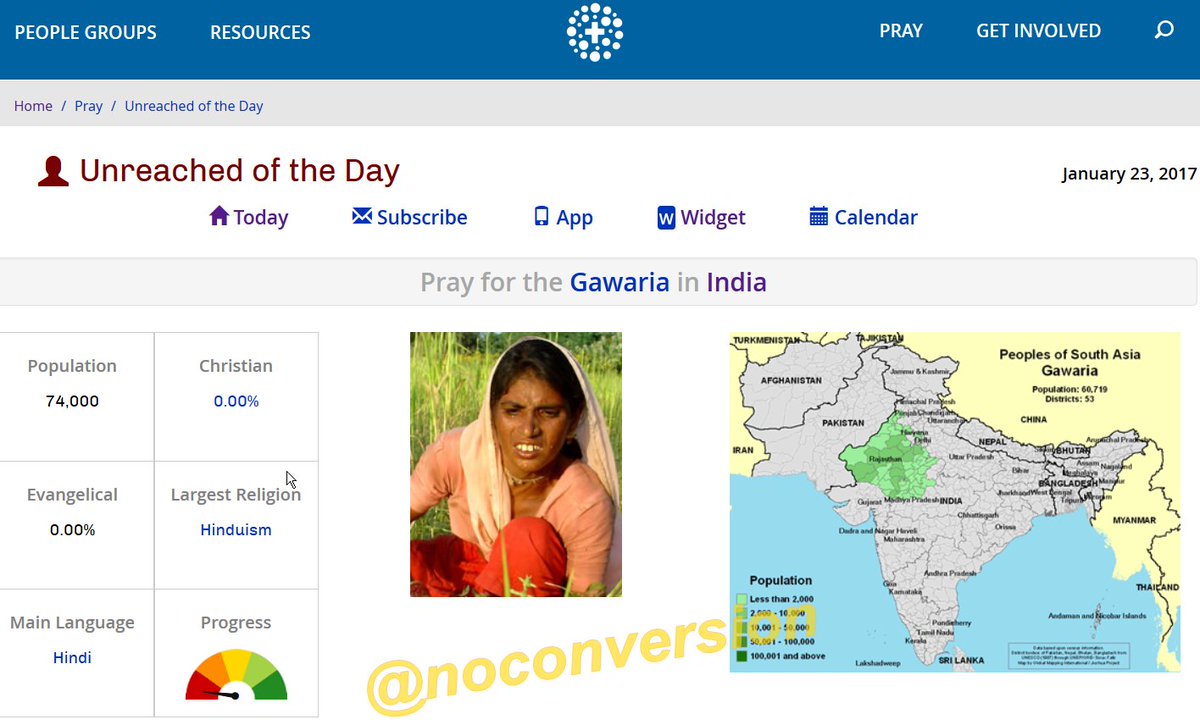
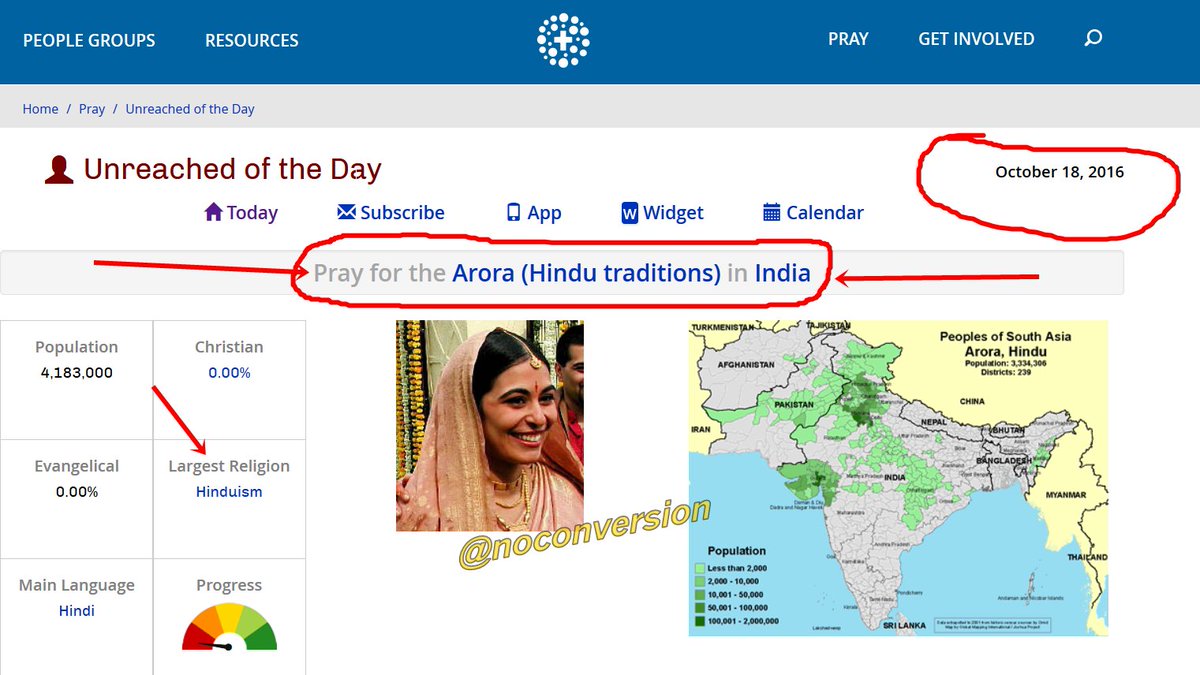


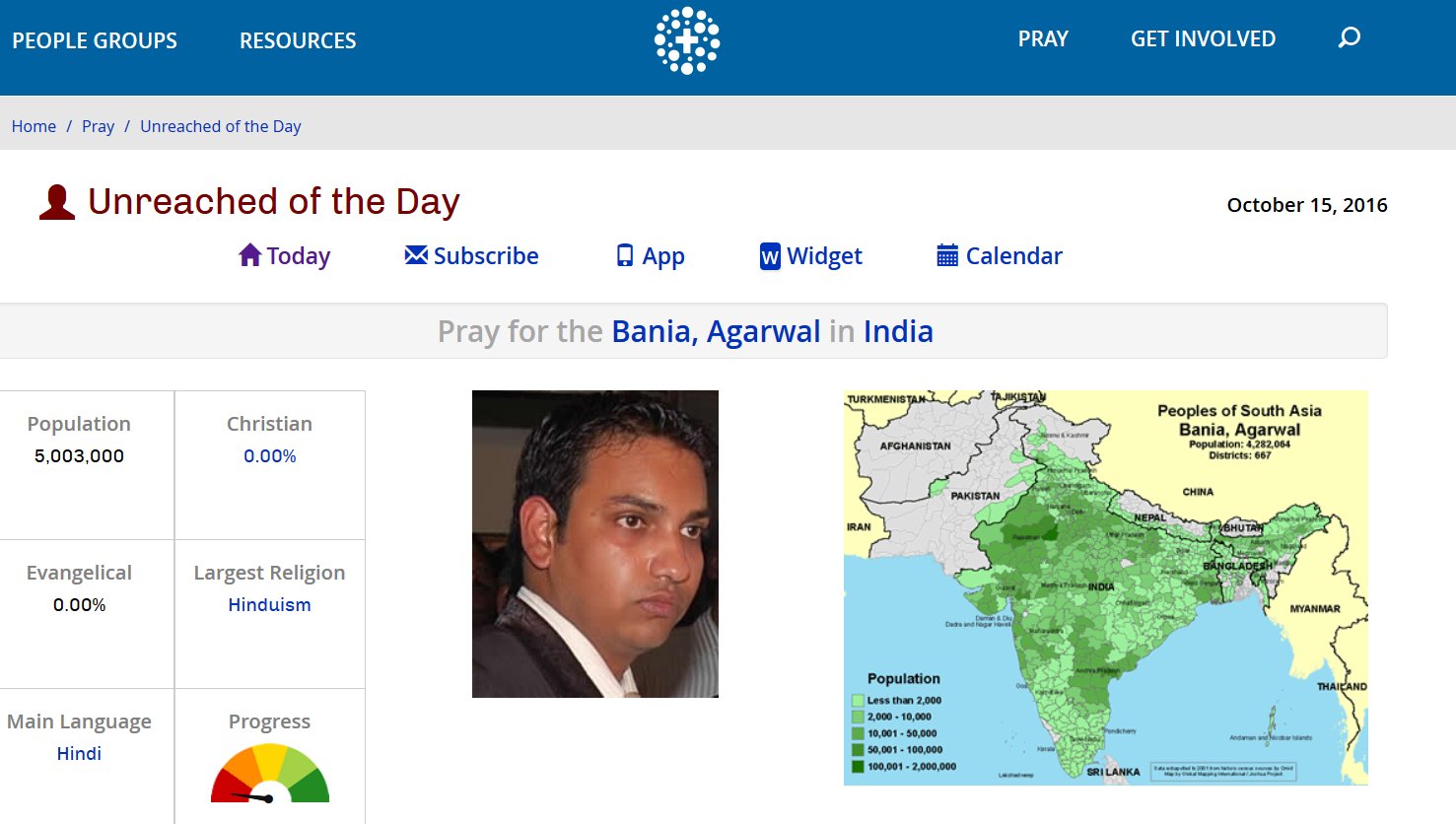
————————————–
No Conversion Retweeted John Piper
Every HINDU in INDIA is target !! @SushmaSwaraj @KirenRijiju
7 million Sunar people in India await gospel workers sent through our prayers. http://joshuaproject.net/people_groups/18150/IN …
Foreign Missionaries
No Conversion Retweeted Bogda Every HINDU is a target for Christian Missionaries
Praying for the Bharbhunja unreached people http://www.globalprayerdigest.org/index.php/issue/day/bharbhunja-people1/ … @FrontierV_GPD @GPDKid

————————————–
No Conversion Retweeted TweetPray
 Photo Source: Mukta Prasad
Photo Source: Mukta Prasad The Rawat folk of India worship what is not God. But the gospel of Jesus is the power of God for them. If they hear. http://joshuaproject.net/people_groups/17954/IN …
 Photo Source: Copyrighted © 2018 Isudas All rights reserved. Used with permission
Photo Source: Copyrighted © 2018 Isudas All rights reserved. Used with permission———————————-
Every Hindu is a target
Unreached people are real people. #missions #ethnos360

किसी भी हिन्दू को नहीं छोड़ा इन इसाई मिशनरी ने सबके पीछे हाथ धो कर पड़े है !!!
Unreached People Group: Kinnaura in India. Joshua Project. | World Missions |


Unreached People Group: Kinnaura in India. Joshua Project. | World Missions |

देवभूमि हिमाचल में इसाई मिशनरी , कोशिश कर रहे हैं .. की यहाँ भी हिन्दुओं को इसाई बनाया जाये …

How Lingayat are targeted …by Christian missionaries
Gospel multiplies among India’s Lingayat people so much that coordinators may leave

 No Conversion @noconversion1 day ago
No Conversion @noconversion1 day ago
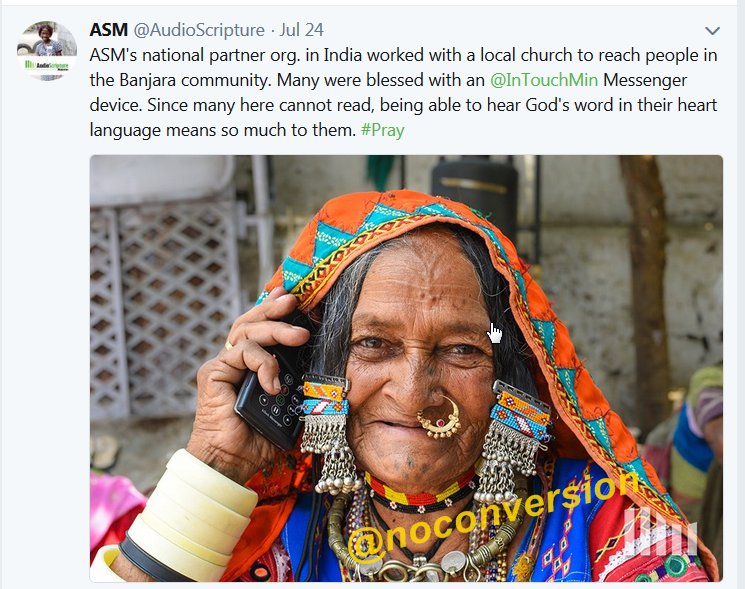
Reached of the day
What happened to Chakma …. @SushmaSwaraj @HMOIndia are doing nothing

 No Conversion @noconversion 17 hours ago
No Conversion @noconversion 17 hours ago

—————————————————————————————-


 No Conversion @noconversion
No Conversion @noconversion




Must watch and Share …One of the best lecture …please watch and Share … She is an inspiration @ShefVaidya
Activists on Youtube supporting Hindus
Rajiv Malhotra and S. Swamy India and USA
by Dr. Ralph F. Wilson
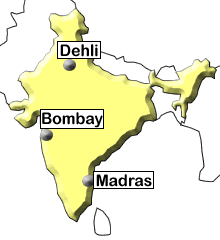 Though the Christian church in India goes back to the time of St. Thomas the Apostle, church growth in India has been slow until now. India is predominately Hindu (74%), with some Muslims (20%) The truly exciting thing is that the percentage of Christians has increased substantially from 2.5% a decade ago to about 5.8% today. That represents a huge increase in the growth rate. Something is happening!
Though the Christian church in India goes back to the time of St. Thomas the Apostle, church growth in India has been slow until now. India is predominately Hindu (74%), with some Muslims (20%) The truly exciting thing is that the percentage of Christians has increased substantially from 2.5% a decade ago to about 5.8% today. That represents a huge increase in the growth rate. Something is happening!
Missiologist and church growth expert C. Peter Wagner has been receiving reports that the percentage may actually be 25% Christian — at least in parts of this large country — most of the growth coming in the past 10 to 15 years. And the growth may not all be in traditional churches. A substantial part may come from Jesus-follower groups within the Hindu culture.
In this huge and very diverse country, it’s difficult to get accurate statistics regarding religion, but anecdotal stories indicate exciting changes. According to Christianity Today, Operation Mobilization, one of India’s largest missionary groups, has grown to include 3,000 congregations in India, up from 300 in less than a decade. A hospital-based ministry in north India has seen 8,000 baptisms over the past five years after a decade of only a handful.
“Everybody knows about the massive scale of growth among Dalits,” says Operation World’s Jason Mandryk. Somewhere between 70% and 90% of Christians in India are Dalits, low-caste groups, so that much higher caste Hindus view Christianity as a low-class religion, worthy of contempt.
“Now we see signs of growth in the middling castes and among the under-35s,” Mandryk says. “There’s a new dynamic for the urban, educated generation. There’s growth happening in upper castes as well.”
Wagner writes, “It is becoming more and more common for whole villages or other people groups to all decide to follow Jesus Christ together at one time.” There are reports of both new churches and traditional denominational churches seeing signs and wonders in the Spirit.
However, there is intense persecution from a radical Hindu movement that is afraid of the growth of Christianity. You hear of churches being burned, of pastors being persecuted — and occasionally killed. But, in a way, Hinduism is its own worst enemy. It is based on a caste system in which the top 15% dominate the country. Christianity is beginning to declare that “the gospel is a message of deliverance, not just for heaven. It is a message of freedom. The truth is that God made man in his image.” And that message of deliverance seems to be catching on across India.
The key to this growth seems to stem not from some charismatic leader, political change, a major scandal in Hinduism, or social upheaval, but from intercessory prayer! I encourage you to make India a personal prayer focus. Pray for congregations, for leaders, for evangelism, for disciplining new believers, for converts from both Islam and Hinduism. God is at work in India.
Christian growth in India brings new concerns | The Irish Catholic
https://www.hindujagruti.org/news/13946.html http://ncc-j.org/english/jcan/2005%20Spring.pdf
—
Europe, Americas, Africa and now… Asia


San Carlos Seminary of Manila Sunday, 15 January 1995
Our Lady of China with Child Jesus
![]()
Chinese Christian churches face new threats as state religious code is revised

China sends 100 Christians to ‘re-education’ camps amid fury over a crackdown on religion

the state of religion in China March 15, 2018
christianity in China March 9, 2018
Gandharva The rise of Christianity in China
_1019_-_Documento_buddisti_e_cristiani.jpg)















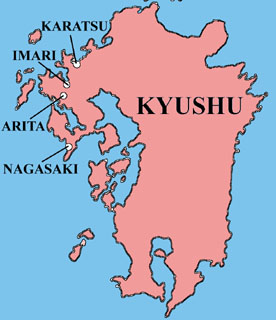

—


The Christian crusade and the government crackdown continues now in the ‘Islamic’ majority countries in Asia.
Jesus-Bali
















 no conversion @noconversion 1 day ago
no conversion @noconversion 1 day ago
signs of confused Hindus … any discussion on dharma with them will make you “hardliner” or they will call you “fanatic”
signs of confused Hindus …..they first find fault in Hindu traditions ……and everything “foreign” is good for them !!
 no conversion @noconversion 13 dec 2017
no conversion @noconversion 13 dec 2017
How to identify a confused Hindu …he will argue that “all religions are same” …but he can’t say four lines correctly about his own religion ………or name four Vedic Scriptures!
किसी ने पूछा – तुम्हारा धर्म कौन सा है? जवाब में कहा – “इंसानियत ” उन्होंने मुस्कुराकर कहा – “जरूर तुम हिंदू हो ” ख़त्म होने को हो पर सुधरोगे नहीं… — आज कल यह बीमारी हिन्दू बच्चो को है .. वोह येही जवाब देते है … My religion is Humanity…
signs of confused Hindus…. …..they will spend rs 2000 on a movie/dinner but will not donate 200 to worthy Hindu cause
 no conversion @noconversion 30 dec 2017
no conversion @noconversion 30 dec 2017
जब हिन्दू खुद ही अपने धर्म का मजाक बनायेगे तो ……यह इसाई और मुसलमान तो पहले ही तयार बेठे है ….कोई भी चुटकला धर्म को चोट पहुँच रहा हो तो पहेले सोचो की इस को फॉरवर्ड करना ठीक है? जो करे उसकी भी खबर लो … अपनी इज्ज़त अपने हाथ
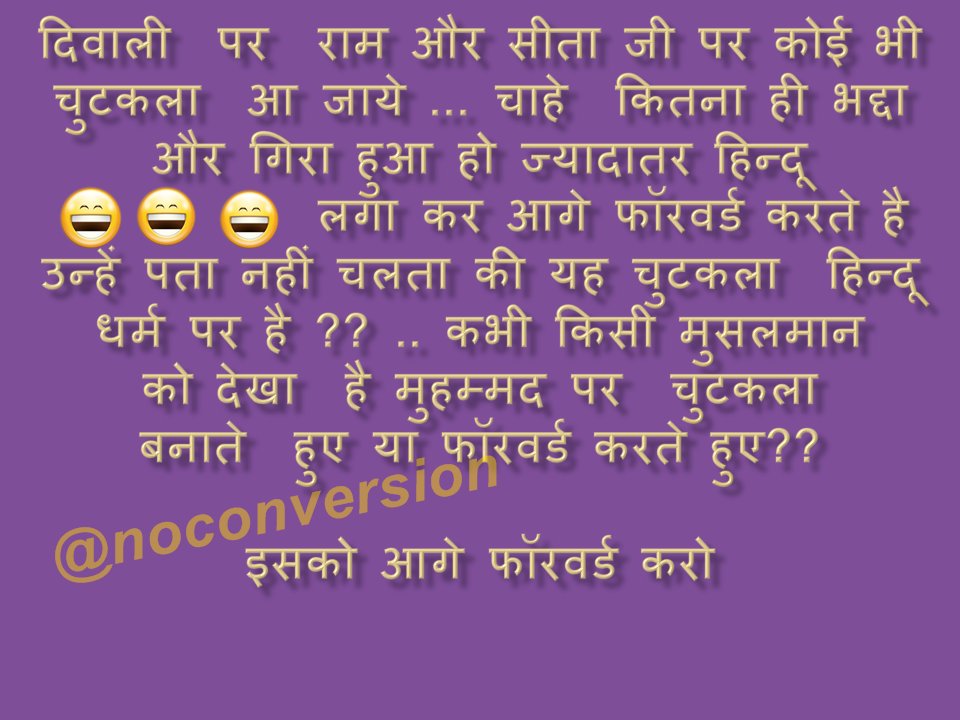
This is new #India …Biju “Paul” …. and Pratap “John” ..most likely RBC …. making fun of centuries-old #hindu traditions … and Hindus in INDIA …. add LOL…. and forward them to each other

 No Conversion @noconversion Dec 13
No Conversion @noconversion Dec 13
Signs of Confused Hindus …. they won’t understand the difference between “Ram Charit Manas” and “Ramayan” !!
 No Conversion @noconversion Dec 4
No Conversion @noconversion Dec 4
 No Conversion @noconversion 2 hours ago
No Conversion @noconversion 2 hours ago
 No Conversion @noconversion Dec 15
No Conversion @noconversion Dec 15
 No Conversion @noconversion Dec 9
No Conversion @noconversion Dec 9
Christmas is coming you will see pictures of CONFUSED Hindus on social media …. with plastic tree celebrating a Pagan event .. but they will never show up at any Hindu festivals or any Hindu cause ..they are worst than SECULAR
All Christian Missionary schools do not celebrate Diwali or Holi or Ram Navmi .. What is wrong if HINDU students refuse to celebrate Christmas …
नागालैंड की एक चर्च ने बाकायदा सर्कुलर जारी कर योग न करने को कहा है। और मूर्ख हिन्दू क्रिसमस मानते हैं।

Please don’t just RT … please tag other people as well !! Help me spread the awareness about this issue !!!
 no conversion @noconversion 31 dec 2017
no conversion @noconversion 31 dec 2017
 no conversion @noconversion Jan 3
no conversion @noconversion Jan 3
प्लास्टिक के पेड़ लगा कर, और लाल टोपी पहन कर अपने घर को ख़राब न करें .. अपने बच्चो को अच्छे संस्कार दें 25 dec को तुलसी पूजन करें
 no conversion @noconversion 30 dec 2017
no conversion @noconversion 30 dec 2017
जिनके घर में प्लास्टिक का क्रिसमस ट्री जगमगा रहा है उनके घर के बरामदे में तुलसी सुख रही होती है
 no conversion @noconversion 30 dec 2017
no conversion @noconversion 30 dec 2017
Ask all your confused Hindu friends to pack up the fake plastic tree and red Santa cap …

If you or your School are celebrating #TulsiPujan on 25th Dec … Please share pictures .. and encourage others
1 देश/विदेश में पटाके न फोड़े, प्रदूषण राेखे 2 मोमबत्ती प्रार्थनामें व्यर्थ न जलाएं, गांव में इसे बांटकर किसीका अंधेरा दूर करे 3 सांताके कपड़े दुकान/गिरिजाघर/मॉलमें न टांगे, इससे गरीबोंके कपड़े बनाये केवल होली-दीपावलीपर ही ज्ञानकी बरसात क्यों? @noconversion
Celebrate eco-friendly Christmas this year, don’t pollute the environment, don’t burst crackers for the new year eve as well


So true बिलकुल सही
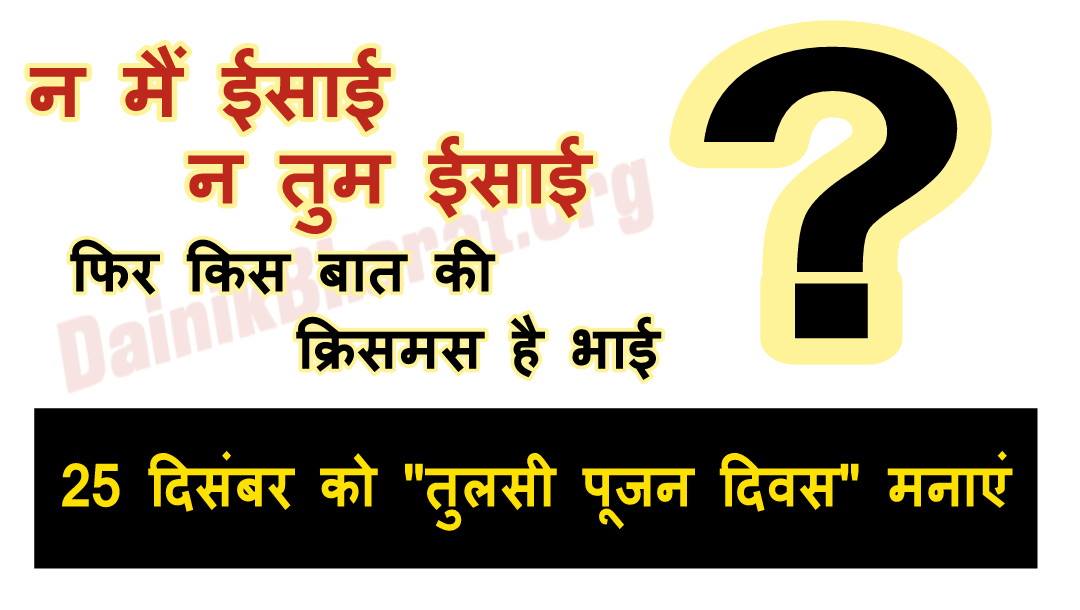
————————————-
डायमंड पब्लिक स्कूल एवं मूनलाइट पब्लिक स्कूल जोधपुर में मनाया गया तुलसी पूजन
तुलसी पूजन कार्यक्रम |
कार्यक्रम |
डायमंड पब्लिक स्कूल एवं मूनलाइट पब्लिक स्कूल जोधपुर में मनाया गया तुलसी पूजन कार्यक्रम |
youtube.com

Forcefully Christmas celebration imposed on my ward being a Hindu I opposed and told by Disha Education Society’s Oxford English School, Diva (E)(400612)Thane, Maharashtra deduction in marks to have happened
What about others? same happening in other offices
Can anyone file PIL against bursting crackers or falling of trees this Christmas or New Year to prevent pollution??
यह आप पर निर्भर है कि आप अपने बालक को संस्कारित, अनुशासित और राष्ट्रभक्त बनाना चाहते हैं अथवा पाश्चात्य संस्कृति का पिछलग्गू..!
Make this your Profile Pic on Facebook – Show your support and protest against Christian Conversion !!!

Many Hindus complained to me … When I asked them to use an attached photo as profile pictures FOR FB they said it is negative ….these missionaries are destroying families and HINDUS are debating about profile pictures?
Till 26-Dec … please use this photo as your profile photo on your Facebook Page …show your support

Change your Facebook profile picture to this … It really helps in the awareness .. and encourages other Sleeping Hindus to participate in this effort

Make this your Profile Pic on Facebook – Show your support and protest against Christian Conversion !!!

Look How Santas Are Fighting For Their Share And They Say Indian Priests, Temples, and Other Religious Institutions Fight For Money…
rodney Stewart Adams Retweeted NoName
rodney Stewart Adams added,

Santa’s real workshop: the town in China that makes the world’s Christmas decorations
Save your children… Stay away from these dresses, this color is known to cause cancer


Save your kids from these Santa Clause dresses …Made in China .. known to cause cancer
Santa’s workshop … 19-year-old Wei works in a factory in Yiwu, China, coating polystyrene snowflakes with red powder. Photograph: Imaginechina/Rex


Wei gets through at least 10 face masks each day, trying not to breathe in the cloud of red dust. Photograph: Imaginechina/Rex

The two men produce 5,000 red snowflakes a day and get paid around £300 a month. Photograph: China Daily/Reuters




——————————————————————————————
Schools


You don’t see all of them celebrating Diwali or Hindu Festivals


सभी हिन्दुओ से अनुरोध है की 25 December को या उससे पहले कान्हा जैसे बच्चो को 80 साल बुड्ढा बनाकर खुद को मूर्ख ना बनाये।।

what are we teaching our kids in schools? dress up as Santa… and celebrate foreign festival? it has no meaning for us !!!

Say no to this nonsense


क्या सीखा रहे हैं हम बच्चो को ? यह विदेशी चोचले ? हजारों रूपया खर्च कर के … क्या मिलेगा? न यह हमारी संस्कृति है न ही हमारा त्यौहार क्रिसमस में पैसा फूकना बंद करो !!!



ये कोई विदेशी स्कूल नही भारतीय विद्यालय की तस्वीर है हम भले घर पर तुलसी को पानी न दे दीवाली औए दीपक न जलाये पर क्रिसमस में प्लास्टिक के पेड़ को जरूर सजाते है। ऐसी घटिया सेक्युलर सोच का क्या लाभ? 25 दिसंबर को अपने परिवार और बच्चो को इन ढकोसलो से बचाइए। जय श्री राम।

.jpg)



By dressing children like jokers… What are we teaching them..?





Mumbai Christmas Place


क्या शिक्षा दे रहे है हम बचों को ? बेवकूफी करना बंद करें …जब दिवाली , जन्माष्टमी या राम नवमी स्कूल में नहीं मनाई जाती तो क्रिसमस क्यों??










Not my festival Not our tradition Do not spend a single rupee on Christian propaganda






/GettyImages-1481939391-593981925f9b58d58a6d0c80.jpg)
















——————————–
Poor Hawkers




Hindu Devatas are not spared either


——————————–
Poor Animals Too



——————————————————————————————
In an MNC office in INDIA with 99% Hindu staff .. not 1 rs was spent on DIWALI … but on Christmas they bought a PLASTIC tree .. this nonsense is being repeated everywhere HINDUS need to stand up or our culture would be destroyed !!



No Conversion Retweeted ॐ रुद्राय नमः
What about others? same happening in other offices







Ban on Diwali and Holi Celebrations……. and more hours to get drunk on Christmas Day, Christmas Eve and New Year Day? ….Shame on Shiv Sena and BJP …this nonsense has no end

Very soon every mall in every City will have a Christmas tree. They never celebrate Diwali or Janmashtami but Xmas is a must
 No Conversion @noconversion 8 hours ago
No Conversion @noconversion 8 hours ago

Bangalore International Airport Limited’s (BIAL) year-end festivities begins with its annual festival ‘Season of Smiles’, at the Kempegowda Internati…






 Phoenix Market City, Velachery, Chennai
Phoenix Market City, Velachery, Chennai








 An interior view of a shopping mall, in Chennai India for Christmas shopping, decorated with Santha Claus on a chariot full of gifts around a Christmas tree covered with snow.
An interior view of a shopping mall, in Chennai India for Christmas shopping, decorated with Santha Claus on a chariot full of gifts around a Christmas tree covered with snow.Photo Taken On: December 18th, 2011
















You don’t see them celebrating Hindu Festivals …







सांता भगाओ और देश बचाओ ….. इस सांता ने हमारे देश में संतों को जेल में डाल दिया … झूठ के सहारे
Every Mall needs to be like this Mall … If you agree on RT – shared by a follower

This Christmas, instead of buying a Santa-hat, feed someone hungry! #BeHuman

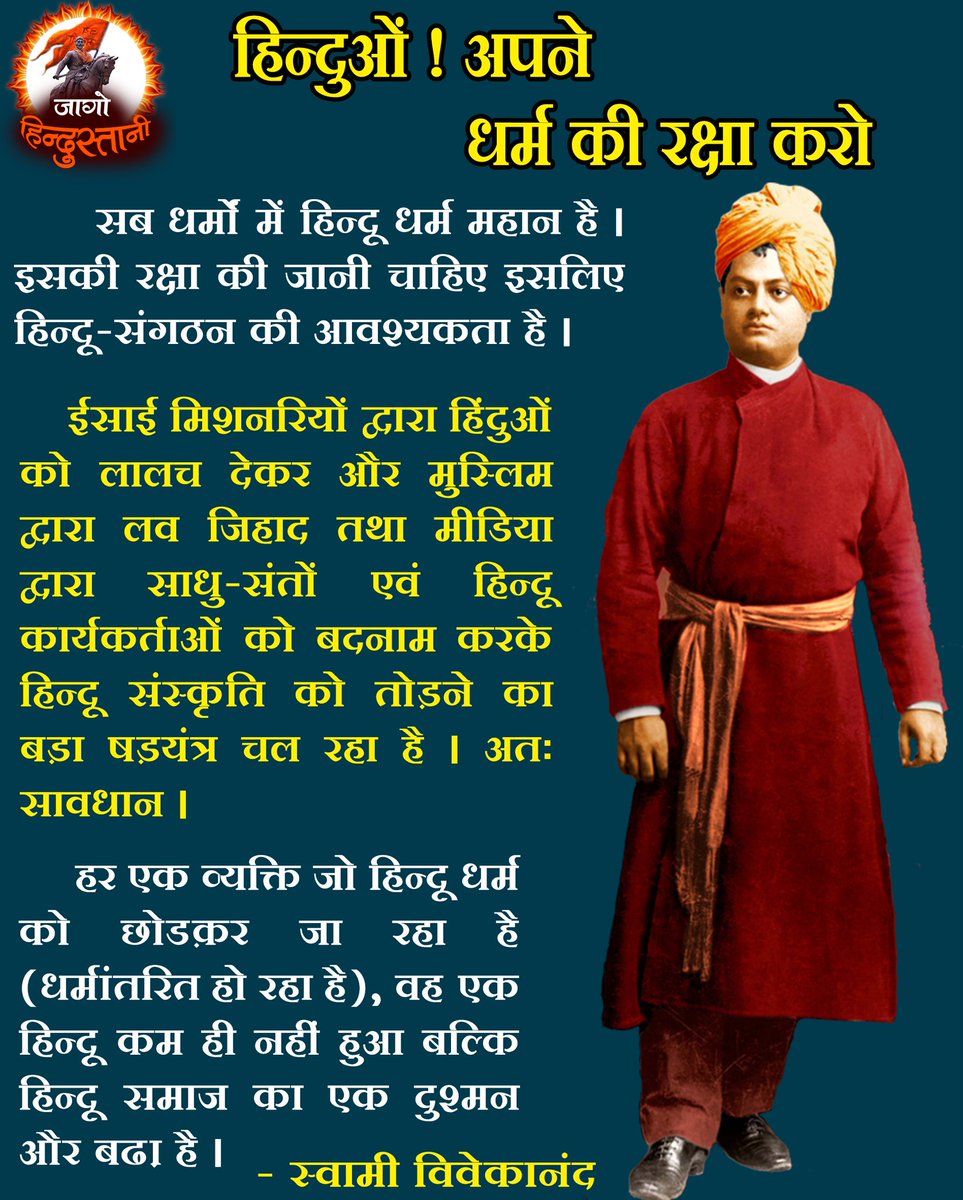
 Hindujagrutiorg @hindujagrutiorg
Hindujagrutiorg @hindujagrutiorg

वो तुम्हे ब्राह्मण, दलित,राजपूत,मराठा पे उलझाएँगे, तुम अपनी #हिन्दू पहचान पर अड़े रहना!!
 suresh chavhanke stvverified account @sureshchavhanke Jan 2
suresh chavhanke stvverified account @sureshchavhanke Jan 2
 no conversion @noconversion 6 hours ago
no conversion @noconversion 6 hours ago
 no conversion @noconversion1 day ago
no conversion @noconversion1 day ago
मुझसे कई लोग पूछते है इन सब से क्या फायदा ….अगर मेने एक भी हिन्दू को इसाई बनने से रोक लिया तो समझ लो सफलता मिली
अगर आप मुझे twitter पर फॉलो करते है तो rt भी करें
 no conversion @noconversion 28 dec 2017
no conversion @noconversion 28 dec 2017
I will rt if you bring news about conversion happening in your area or fraud done by foreign missionaries tag me or add #noconversion
 No Conversion @noconversion Dec 11
No Conversion @noconversion Dec 11
 No Conversion @noconversion Dec 25
No Conversion @noconversion Dec 25
 No Conversion @noconversion Dec 21
No Conversion @noconversion Dec 21
 no conversion @noconversion 6 dec 201
no conversion @noconversion 6 dec 201
to western media do not expect respect from Hindus if you cant give the same respect to our culture! we are humble, not stupid !!!!
 no conversion @noconversion 28 dec 2017
no conversion @noconversion 28 dec 2017
हिन्दू डरते नहीं….. पर अब लगता है डराना जरूर पड़ेगा …..
 No Conversion @noconversion Dec 16
No Conversion @noconversion Dec 16
————————————
 No Conversion @noconversion Dec 6
No Conversion @noconversion Dec 6
———————————–
 no conversion @noconversion 13 dec 2017
no conversion @noconversion 13 dec 2017
 No Conversion @noconversion Jan 6
No Conversion @noconversion Jan 6
This NON-sense need to be stopped …
मेरी खुद की बहन जो पहले मिशनरी स्कूल जाती थी उसका mind wash किया गया। 9 क्लास में आते आते वो तो बोलने लगी थी कि उसको नन बनना है ।11वीं में आई तब बोलती थी कि शादी बेकार की बातें हैं हिन्दू धर्म में कुछ नही है।क्रिस्चियन धर्म ही अच्छा है।ये सब सुन कर होश उड़ गए थे हमारे। स्कूल बदला
तभी समझ आया हमें कि क्या होता है वहां। बाइबल पढ़ी है बच्चों ने और श्री राम भगवान जी की पत्नी का नाम उन्हें पता नहीं। भाई, ऐसा कल्चर हमें तो नही देना हमारे बच्चों को। बाकी सबकी अपनी मर्जी होती है। 
मिशनरी स्कूल… सरस्वती पूजा के दिन बन्द रहता है , 15 अगस्त 26 जनवरी भी नहीं मानते , स्कूल में लड़कियों को चूड़ी पहनने और मेहंदी लगाने पर रोक लगाते है, लेकिन 1 जनवरी और 25 दिसंबर के लिए चंदा जरूर मांगते है ।
All Christian Missionary schools do not celebrate Diwali or Holi or Ram Navmi .. What is wrong if HINDU students refuse to celebrate Christmas …
 no conversion @noconversion 53 minutes ago
no conversion @noconversion 53 minutes ago
 No Conversion @noconversion Dec 14
No Conversion @noconversion Dec 14
Have u ever been to Chhattisgarh? In a not much deeper part of it… Just go and c for urself how these Missionaries convert the poorest f poor into Christianity, not that I support violence on them and not that those ppl care about their religion. They care about FOOD.
सब कुछ मोदी नहीं करेगा.. अपने हाथ खोलो, समाज के लिए अपने हाथो से दान दो, सेवा करो ..मरने के बाद तो बंद मुठी भी खुलवा लेते है जलाने से पहले
 No Conversion @noconversion 13 hours ago
No Conversion @noconversion 13 hours ago
————————————
 No Conversion @noconversion Dec 13
No Conversion @noconversion Dec 13
बहुत डर लिए … बहुत सो लिए ….. बहुत बहाने बना लिए … अब डरने से काम नहीं चलेगा !!!
You are not a Hindu if you are fearful and hesitant Be Bold Be Brave Be a Proud Hindu
 Pope FrancisVerified account @PontifexFollowFollow @Pontifex
Pope FrancisVerified account @PontifexFollowFollow @Pontifex
in India, Christian missionary deceives illiterate and poor people showing fake miracles of Jesus. it’s time to put missionaries behind Indian bars. how many have rich and educated persons embraced Christianity in India?
 No Conversion @noconversion Dec 11
No Conversion @noconversion Dec 11
 No Conversion @noconversion Dec 16
No Conversion @noconversion Dec 16
 no conversion @noconversion 17 hours ago
no conversion @noconversion 17 hours ago
no conversion retweeted Bharat Malviya so true
Now the reality of Ram Setu acceptable because it is confirmed by the U.S., otherwise it was not.
#ramsetuisreal #ramsethu #ramsetu it was always a myth for secular it was never ever a myth for Hindus …
 No Conversion @noconversion Dec 8
No Conversion @noconversion Dec 8
Poll – How many people have Donated to a local Charity/Temple this year please answer honestly! 10-20 Rs in AARTI is not a donation
Money speaks … Hindus who have money and resources .. need to support Hindu Community events and Hindu causes ……Christian Missionaries can be stopped once HINDU with resources is put to good use…..
 no conversion @noconversion 12 dec 2017
no conversion @noconversion 12 dec 2017
 No Conversion @noconversion Dec 15
No Conversion @noconversion Dec 15
 no conversion @noconversion 30 dec 2017
no conversion @noconversion 30 dec 2017
 no conversion @noconversion Jan 1
no conversion @noconversion Jan 1
in 2018 if you want to do one thing positive … do something for your Hindu community…donate and get involved in any work …whatever you like or prefer. I am not supporting any organization. hindus need to get involved in community work
मंदिरों में दान देना अच्छी बात है, उससे भी अच्छी बात हैं, मंदिरों में जाकर धर्म के लिए अपना समय देना।
————————————-
 हिन्दू संगठन और संत इस का मुखर विरोध करें। स्वधर्म रक्षा हमारा अधिकार है सहिष्णुता की आड़ में कायरता ना दिखाऐं
हिन्दू संगठन और संत इस का मुखर विरोध करें। स्वधर्म रक्षा हमारा अधिकार है सहिष्णुता की आड़ में कायरता ना दिखाऐं
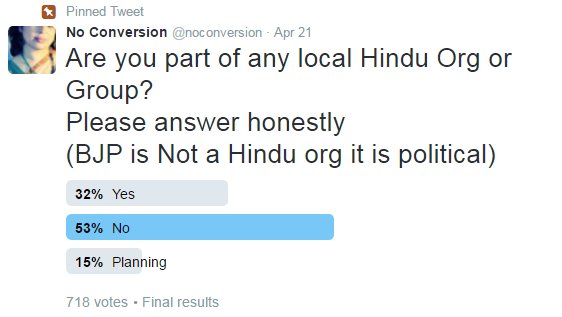



 No Conversion @noconversion Dec 5
No Conversion @noconversion Dec 5
#SashiKapoor To all Hindus, please STOP doing RIP .. he was a http://Hindu.Rest in PEACE is a Christian term…relates to the body …SOUL never rests, it takes a new body or gets Moksha. BODY goes back to its elements
————————————
 no conversion @noconversion 20 dec 2017
no conversion @noconversion 20 dec 2017



Foreign missionaries can be stopped at AIRPORT…very easily …..all Christian Missionaries Come to INDIA on a TOURIST visa which is illegal ..every immigration officer sitting at the AIRPORT to send them back


Hindus living in the USA, Canada, UK, Germany, Australia, Korea and more countries …… can help STOP Christian Conversion.. ask your local Consulate not to issue a TOURIST visa to Missionaries
 No Conversion @noconversion Dec 14
No Conversion @noconversion Dec 14
 No Conversion @noconversion Dec 14
No Conversion @noconversion Dec 14
If you are TV Anchor, Journalist or work for a News Media … Pls help this effort and expose FRAUD conversion by Christian Missionaries
 No Conversion @noconversion Dec 5
No Conversion @noconversion Dec 5
 No Conversion @noconversion Dec 14
No Conversion @noconversion Dec 14
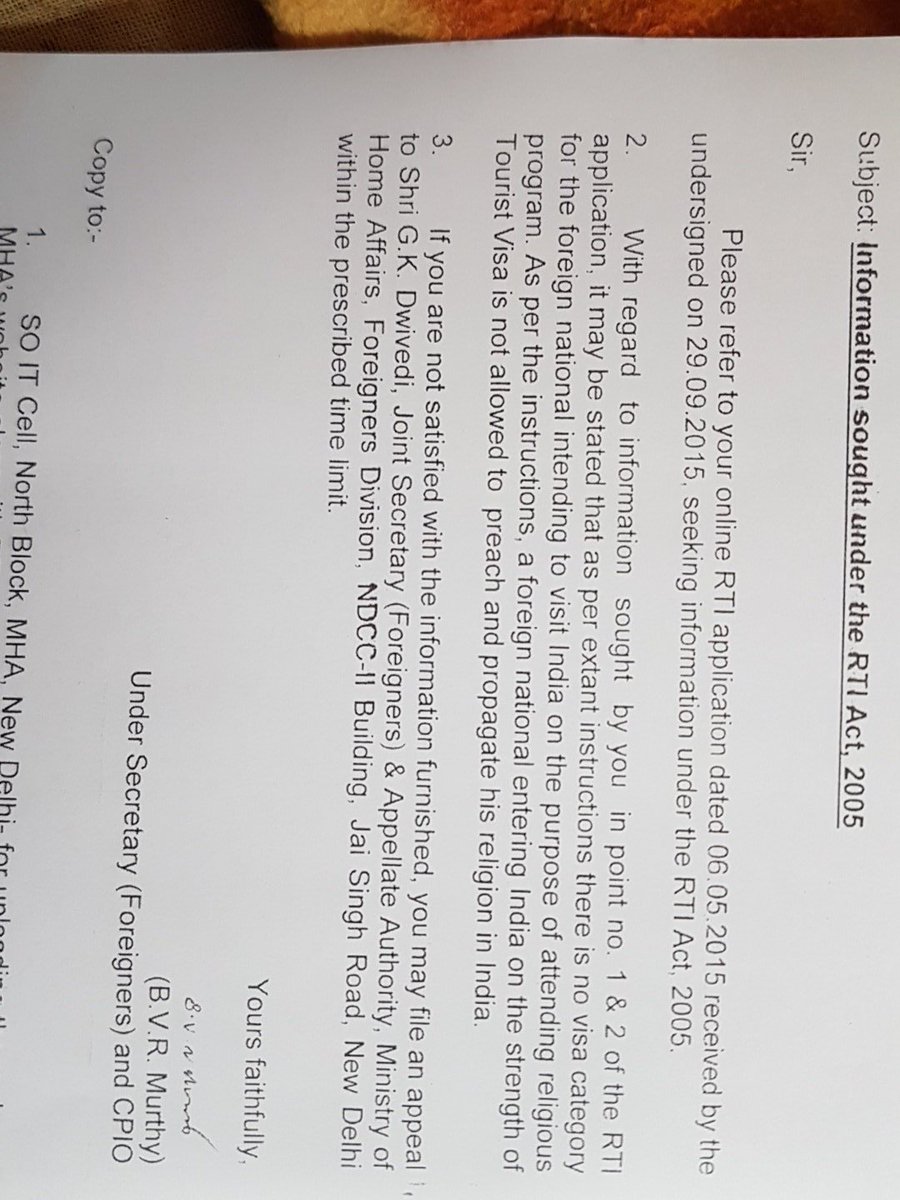

The Government of India in my letter issued directions to keep a watch on Foreign Missionaries who are violating VISA norms. #Victory Thanks, @KirenRijiju Ji
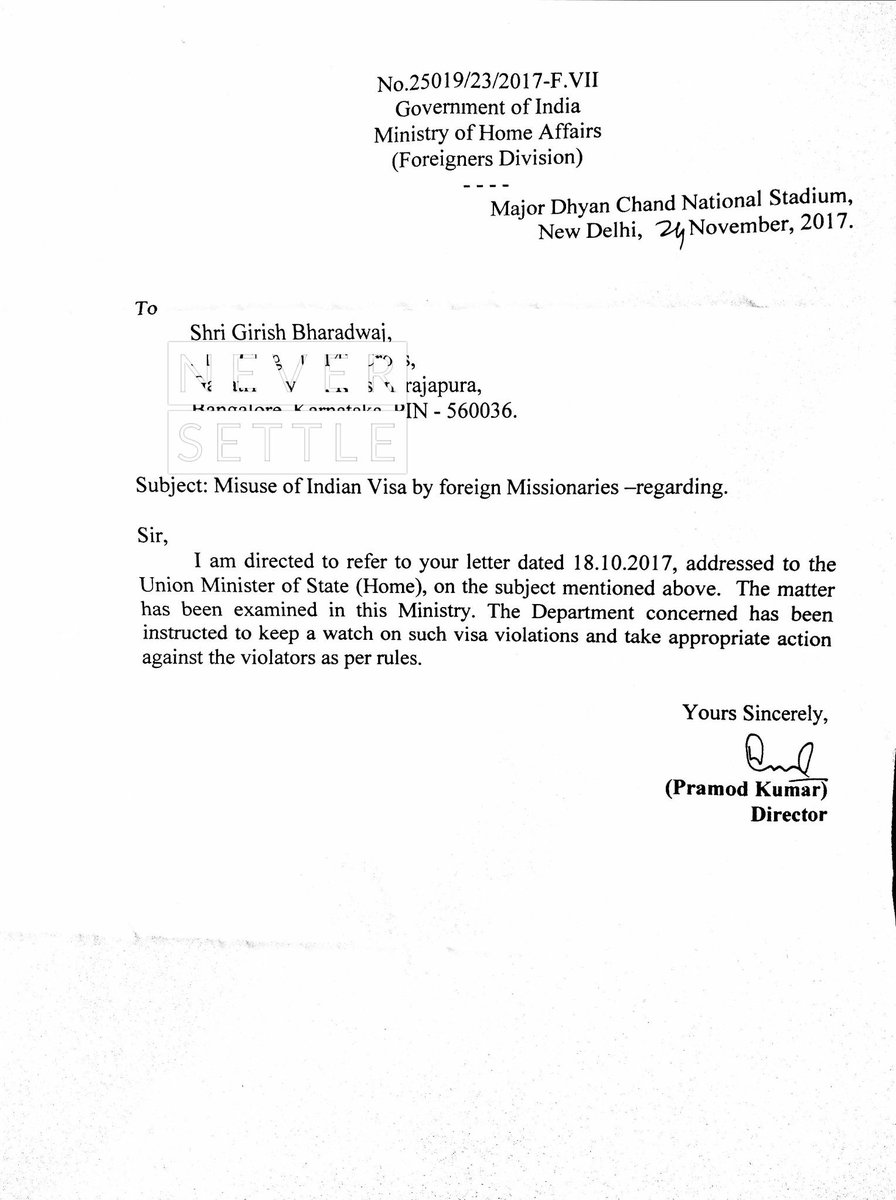
Filed complaint with #FRRO Hyd against d foreign evangelists to prevent visa norm violation, according to @HMOIndia no foreign evangelist will b issued a visa for the propaganda of religion in Indi….time for action @SushmaSwaraj …. @HinduSanghatan1 CC @noconversion

——————————————————————————————
@HMOIndia @APPOLICE100 The Complaint filed by ShivaShakti activist Mr. Kalyan Kumar against illegal activities of U.S evangelists in Vijayawada, A.P. Request you to take strict action and prevent the misuse of Indian Visa. @Defence_360 @AskAnshul @noconversion





 No Conversion @noconversion 11 hours ago
No Conversion @noconversion 11 hours ago
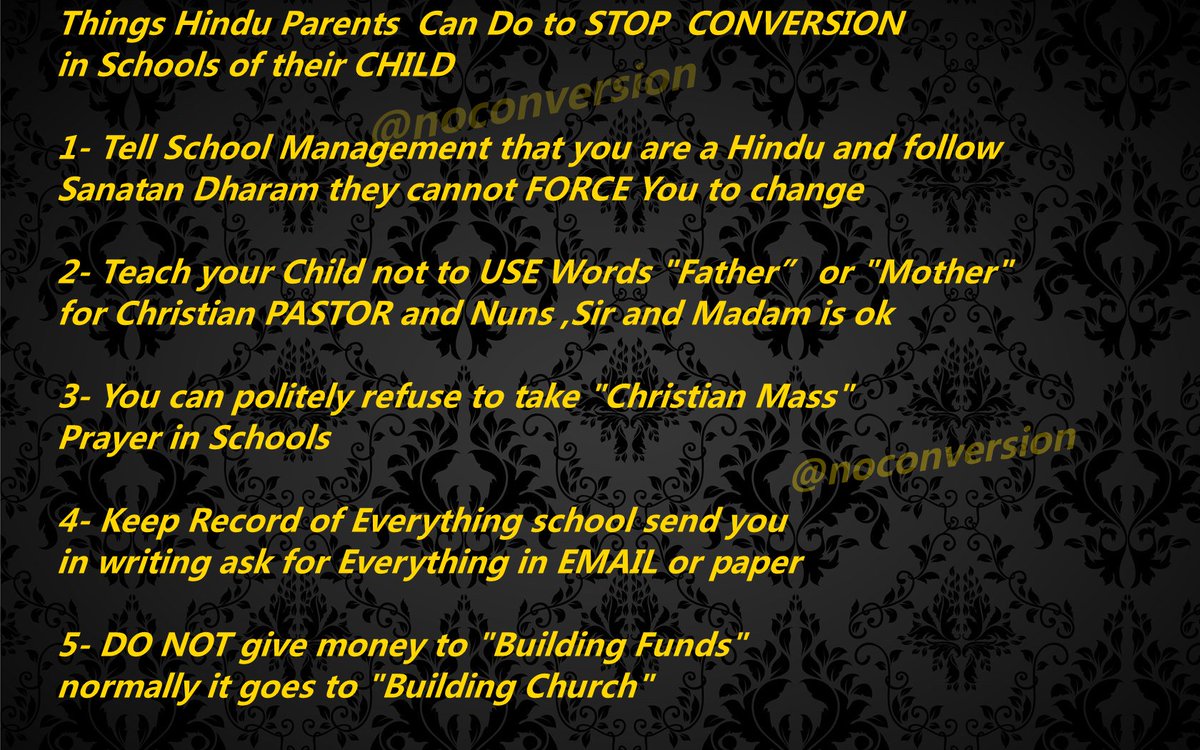
Another Good news …When People are aware of the Christian Missionaries … they can STOP conversion… see what happened here
——————————–





 No Conversion @noconversion Dec 4
No Conversion @noconversion Dec 4
 No Conversion @noconversion Dec 11
No Conversion @noconversion Dec 11
 No Conversion @noconversion Dec 14
No Conversion @noconversion Dec 14
 No Conversion @noconversion Dec 17
No Conversion @noconversion Dec 17
 No Conversion @noconversion Dec 15
No Conversion @noconversion Dec 15
 No Conversion @noconversion Dec 5
No Conversion @noconversion Dec 5
 No Conversion @noconversion Dec 18
No Conversion @noconversion Dec 18
 No Conversion @noconversion 30 minutes ago
No Conversion @noconversion 30 minutes ago
Love means acceptance of others .. when Christian Missionary try to change someone’s religion that is the ultimate sign of HATE not love …
 No Conversion @noconversion Dec 18
No Conversion @noconversion Dec 18
one more win FCRA licenses canceled major Christian NGO will be affected

It is mandatory for an NGO or an organization that has been granted a license under FCRA to file returns of its foreign contribution receipts and expenditure…
timesofindia.indiatimes.co
Big Win for us …..Christian Charities will be probed says Supreme Court

He claimed that the money was donated by foreign donors for a programme to educate Dalit children.
deccanchronicle.com
—————————————-
More states need to Implement similar Laws —
This was one of the main topics … I was demanding …I am Happy Rajasthan became the first state to implement !!

No Conversion Retweeted ANI
People are waking up !!! Every HINDU need to wake up and respond







The road that leads to the sleepy village of Kesalingayapalli in Mydukur Mandal, located 35 km from Kadapa district in Andhra Pradesh, has …
thenewsminute.com

 Karunasagar Adv ⚖️ @karunasagarllb
Karunasagar Adv ⚖️ @karunasagarllb

—————————————–





Evil #MissionaryMafia shud pack up their bags & leave as…Over 50 gram-panchayats in Bastar have passed orders under Section 129 (G) of the Chhattisgarh Panchayat Raj Act banning all “non-Hindu religious propaganda, prayers and speeches in the villages.”
An aggressive campaign by the Vishwa Hindu Parishad had led to a ban on the entry of and propaganda by non-Hindu missionaries, especially C…
thehindu.com
Sometimes we get Good news also with all your efforts — Foreign funding received by FCRA NGOs 2014-15: Rs.15,299 crores 2015-16: Rs.17,773 crores 2016-17: Rs. 6,499 crores Visibly a sharp decline. 2015: 8,500 registrations canceled. 2017: 4,842 registrations canceled.

——————————————
all Christian conversion shops are getting closed slowly. awesome
——————————————
converted Christian pastor daniel dhanasekar conducts Sunday mass with other village ppl at thandavanvattam, kuppam rd, near natrampalli, vellore dist, TN. vanniars dominated 5 villages, not a Christian living.ppl demanded stop d mass n shut d prayer home @swamy39 @noconversion @truevirathindu

——————————————————————————————
In India 5000 People are converted to Christianity every day (one person every 17.28 seconds), Look at Conversion Facts:
Conversions: Facts and Figures – Christian Aggression
Christian Conversion Project: Conversion Facts | Unethical Conversion Watch
Conversion Facts
In the backdrop of Archbishop Anil Couto of Delhi calling for Christians to pray for the defeat of @BJP4India, my article on why Christianity poses a grave danger to the Indian nation-state.
A bold commentary on the threat to India posed by Christianity.
indiafacts.org
————————————————————————————–
Not many people know that Christian church … support Naxals in INDIA …

India News: Calling churches and Christians to play an “active role” in eradicating Left-wing extremism, senior RSS leader Indresh Kumar today wondered why Naxali
timesofindia.indiatimes.com
US – INDIA has a strange relationship. US sends Maximum AID to Pakistan and MAXIMUM Missionaries to INDIA. Both are used against INDIA.
Why so many missionaries from the US to India because every major College has Missionary program bit.ly/1j4ZzC1
Missionaries are a salesman who earns commission and sell you faulty products
——————————————————————————————
 No Conversion @noconversion Dec 6
No Conversion @noconversion Dec 6
If it was not because of Missionaries .. Christianity would not have survived till now ..look at Europe 50% Atheist 50% Muslim …
—————————————————————————————-Kumbh Mela will be used to convert. 100 of missionary groups are already planning
——————————————————————————————To all Hindu groups get ready. 100s of missionary group are planning mass conversions during Kumbh Mela Please rt
How Nepal only Hindu Country in the World is being destroyed by Christian Missionaries. Every blanket donated in Nepal by these missionaries comes with Bible and asking them to convert. Nepal will be Xtian Majority in 10-15 years

In Kenya, a White dressed up as Jesus is doing conversions of Native people! Missionaries can do anything !!
Crocodile kills pastor who was baptizing in Ethiopia … Should happen in India too during mass conversions @noconversion

Church Facts
The Church is a symbol of slavery, control believers by inducing fear of expulsion from the Church, people should kick them.
——————————————————————————————What is the main purpose of a Church? to Spread Christianity.
 No Conversion @noconversion Dec 10
No Conversion @noconversion Dec 10
Church – It is all about money, control, and power nothing spiritual or religious. Missionaries convert Hindus & then they ask for money for praying RS 3000 to Rs 500 PM

That’s quite harsh a punishment for not attending Sunday mass or coming late…
 Thank God Hinduism is not a Command Religion
Thank God Hinduism is not a Command Religion @noconversion




The Church is the largest landowner after the Indian Government !!
Britishers thru Land bill in 1894 gave land to church & Missionaries schools for 100 yr lease GOI shd get that land back it is 2016

Land: The 110 acres of The Holy See that constitute Vatican City. Also, roughly 177 million more acreage of various lands owned by the Catholic Church throughout the globe, including the hundreds of Vatican embassies that are legally titled to The Holy See as an independent nation.
——————————————————————————————
Why Bishops and Arch Bishop in INDIA are appointed by Foreign Church …it looks like MNC model … they will be loyal to foreign masters … not to INDIA
Pope makes two appointments in India – Vatican News

Pope Francis on June 29 appointed a Coadjutor Archbishop in Patna and an Apostolic Administrator in Palayamkottai.
vaticannews.va
——————————————————————————————Christianity Facts
The doctrine of the Virgin Birth brands every natural mother as impure” Answ ers??? @JoyceMeyer @Pontifex @persecutionnews @JesusWife @noconversion @GreatHeretic @godless_mom #ChurchVsNationalists #JesusOurKing #christmasjumperday #Christmas
ers??? @JoyceMeyer @Pontifex @persecutionnews @JesusWife @noconversion @GreatHeretic @godless_mom #ChurchVsNationalists #JesusOurKing #christmasjumperday #Christmas
——————————————————————————————
 No Conversion @noconversion Replying to @EquipTheNations
No Conversion @noconversion Replying to @EquipTheNationsTommy & Sonya Bitner on Twitter
If the Bible had the power to SAVE Why 1 in 7 kid in the USA would be in poverty?
—————————————————————————————-99% of Hindus use a word like “Gospel Truth” When Gospel itself is not the truth. Please understand the meaning of Word Gospel before you start using it

सबसे बड़ी मूर्ति पूजक तो खुद इसाई है .. हिन्दू कभी कुछ नहीं कहते… पर इन्हें हिन्दुओं से तकलीफ है, की हम मूर्ति पूजा क्यों करते है

——————————————————————————————If you have guts, Do a series on Christian Missionaries destroying INDIA


Christian Worship dead bodies & keep them hoping these bodies will be live again. Hindus are called backward

इसाई मरे हुए शरीर को संभल कर रखते है … इस उम्मीद में की यह सब जींद हो जायेंगे …. हिन्दू जानते है की आत्मा गे तो शरीर का कोई उपयोग नहीं है ….

Marriot and other Foreign Hotel Chains are insisting on putting Bibles in Hotel Room of India Why ??

 No Conversion @noconversion Dec 12
No Conversion @noconversion Dec 12
Some Christian groups firmly believe the earth is flat … and they even held a conference … don’t believe me … Watch the VIDEO report
The Flat Earth International Conference in Raleigh, North Carolina, attracted hundreds of attendees who believe the shape of the Earth is a disc instead of a…
people who think the earth is flat 3GP Mp4 HD 720p Download
Why do people still think the Earth is flat? – BBC News – YouTube
Why do people still think the Earth is flat? – MSN.com
Some people still somehow believe that the world is flat | New York Post
Colorado Flat Earth movement is spreading via technology
B.o.B has started a GoFundMe to prove the Earth is flat – CNN
In Defense of Flat Earthers – The Atlantic
Conspiracy theorists flock to Flat Earth conference | Daily Mail Online
NASA is lying to us – the Earth is actually flat | Behind The Curtain
Why do people still think the Earth is flat? [Video] – Yahoo
Why do people still think the Earth is flat? – BBC News

Religions of Love
 No Conversion @noconversion Dec 13
No Conversion @noconversion Dec 13
——————————————————————————————Muslims and Christians are two sides of the Same coin They both want to expand that is the reason they are ALWAYS at WAR
Islam and Christianity are the weakest religion in the World. They are insecure. Islam Converts by Force Christianity by lying to people

Pontiff condemns ‘ghettoisation’ of migrants and hails Sadiq Khan’s election as first Muslim mayor of London
——————————————————————————————Muslims are loud and Christians are quiet. But the agenda is the same. Eradicate Hindus. Well, we shan’t oblige.
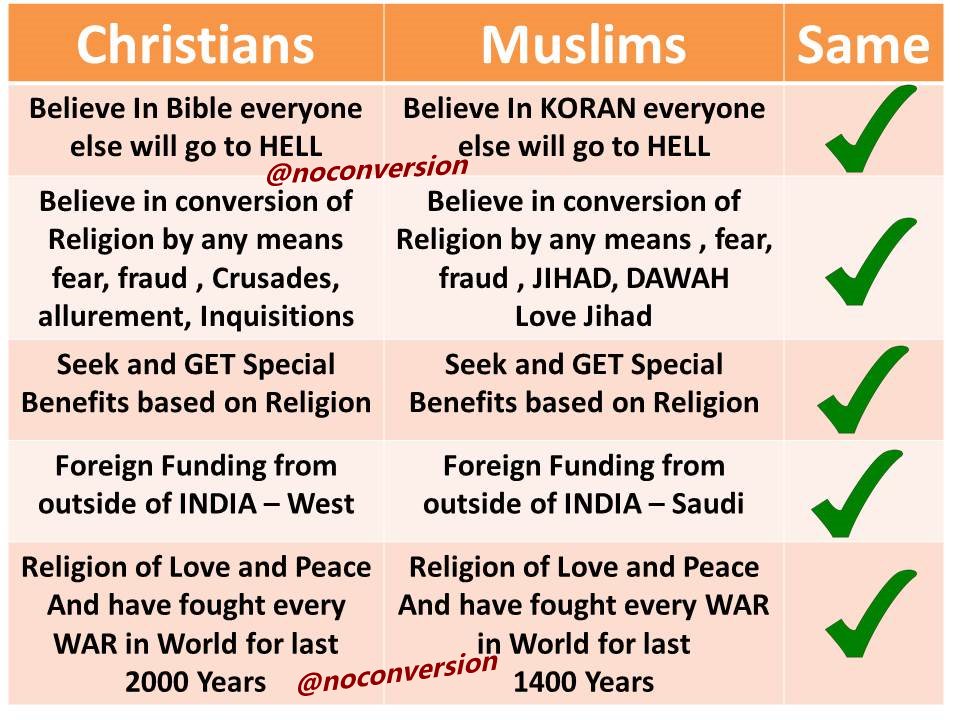 ——————————————————————————————
——————————————————————————————
 No Conversion @noconversion Dec 11
No Conversion @noconversion Dec 11
 No Conversion @noconversion 17 hours ago
No Conversion @noconversion 17 hours ago





Torture tools of Church… accept Jesus or else ….#churchtoo

Not many people know …..In Medieval times, Christian Church had special chambers, tools and many dedicated people ….. to torture people Who refused to Convert or accept Christianity …

Bible contains several references to slavery, which was a common practice in antiquity. The Bible stipulates the treatment of slave… in a barbaric manner


 No Conversion @noconversion 10 hours ago
No Conversion @noconversion 10 hours ago

Bible contains several references to slavery, which was a common practice in antiquity. The Bible stipulates the treatment of slave… in a barbaric manner

Slavery .. was a Christian idea …Which Failed !!!



In Pendle, England, women with power were executed for being “witches.” Europe erased and attacked all their native traditions, often carried by medicine women. This “Christian charity” now descends on India to “save” Indian women. http://www.theoccultmuseum.com/5-infamous-witch-trials-history/ …

—————————————
 ——————————————————————————————
——————————————————————————————
1000s of young women were SOLD to Germany for 170 Pound per person to Nunneries – to be Nuns in Germany! Outright human trafficking and exploiting poor Indian women
Kerala’s nuns ‘sold’ to Europe: Documentary sheds light on an old scandal


It was eight years ago in a classroom that Raju E. Raphael heard the story for the first time. He had, after many years in the media, received a fel…
thenewsminute.com
Stories of migrationRaju E.Raphael and Jose Punnamparambil during the shoot of the documentary in Germany; (above) some of the young women who were recruited from Kerala special arrangementSpecial arrangement
A documentary on a past that touches a raw nerve
Ariyapedatha Jeevithangal deals with the large-scale migration of Catholic girls to Germany in the 70s
thehindu.com
——————————————————————————————Underage girls smuggled & forced to convert and then Work as NUN
——————————————————————————————L.A. City Council replaces Columbus Day with Indigenous Peoples Day on the city calendar
Canada confronts its dark history of abuse in residential schools


The reality of Christian Schools

was approached in Germany a few years back. The state sells religious data to church. Pathetic Germans. Lost all respect.
Delhi, Capital of India has more than 200+ Large Churches … In Rome, one Hindu temple operates out of a small Shop…
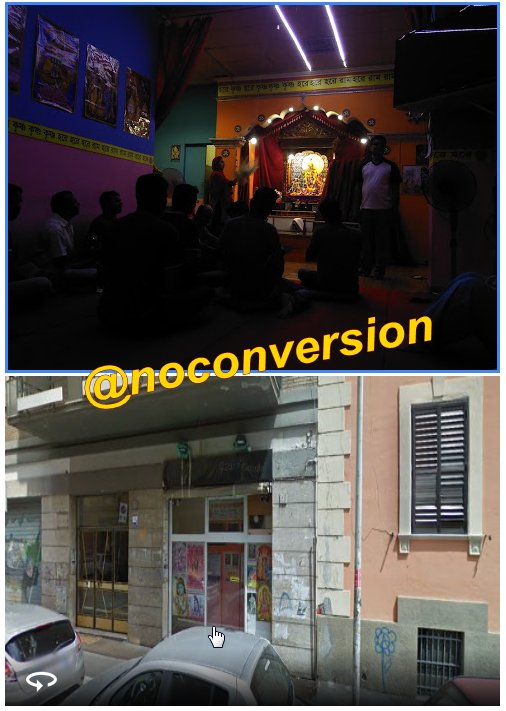
——————————————————————————————
Many Confused HINDUS get agitated when Islamist attack Europe ….they don’t know facts …France an ally of INDIA …has refused to give land to HINDU temple. Just one temple exists for 100,000 Hindus operating in a car garage
 ——————————————————————————————
——————————————————————————————
Toronto, Canada allows this ..these countries appear to be friends of INDIA …A policeman waving the flag of Khalistan in his official car

Farmers in India were forced to grow opium instead of food crops. Millions starved to death for Britain’s drugs trade.



(Thread) 1)This is a temple of Goddess Bhadrakali in Warangal built in the 7th century It is believed that Kohinoor, one of the world’s largest cut diamonds, originally belonged to the crown of this Goddess. The temple was looted and destroyed by Allauddin Khilji in an early 14th century
2) Allauddin Khilji’s court poet Amir Khusrau in his Khazain Ul-Futuh( “treasures of victory”) describes with glee how Allauddin Khilji destroyed temples & looted valuables from temples in South India Khusrau was totally awestruck by such diamonds as never seen or heard before

3) Looted from Bhadrakali temple, the diamond Kohinoor was later seized by Mughals and ultimately usurped by British. Today, the Kohinoor diamond lies in the crown of Queen Of England. The crown is estimated to be worth $10-12 billion



3) Looted from Bhadrakali temple, the diamond Kohinoor was later seized by Mughals and ultimately usurped by British Today, the Kohinoor diamond lies in the crown of Queen Of England. The crown is estimated to be worth $Over $1 billion.

ब्रिटेन ने जो पैसा भारत से लूटा था अब वोह वापिस आ रहा है सेनेटरी पैड के रूप में ….कितने शर्म की बात है …. ब्रिटेन अभी भी हर मौके पर भारत को निचा दिखाता है

——————————————————————————————#BringOurGodsHome

Anuraag Saxena: Returning stolen art to India
Shri Anuraag Saxena – India Pride Project
Part 1 – Bringing our Gods Home: Incredible Bharat Foundation & March For India initiative
Part 2 – Bringing our Gods Home: Incredible Bharat Foundation & March For India Initiative
In conversation with Anurag Saxena, CEO, World Education Foundation, UK
C4 Anuraag Saxena / one of 88 presenters at the CHAOS ASIA 2013
Keynote: Educational Leadership for the Digital Age | ELC 2015
——————————————————————————————
|
2,604
|
52%
|
5,000 |
Opened on March 15, 2016
Why is India a target for Christian Missionaries? BC .. Christianity has been rejected in the WEST … they need new people with money who are religious minded …
——————————————————————————————If Bibles had the power to save Why would Churches in the UK, USA, Europe will be sold and converted to Hindu Temples?

The Vatican warns against conversion of churches into bars and nightclubs
Being Christian in Western Europe
An Empty church is converted into bar !!!


Spirito Martini
Brussels, Belgium

The Church Bar
Dublin, Ireland

Cottiers
Glasgow, Scotland

The Limelight
New York, N.Y.

Pitcher and Piano
Nottingham, England

Church Brew Works
Philadelphia, Pa.

Church Brew Works
Philadelphia, Pa.

Church Brew Works
Philadelphia, Pa.

August 2017 photo shows the Church Brew Works, a brewery operating in a renovated church in Pittsburgh

The Church Nightclub
Denver, Colo.

Mad River Bar & Grille
Charleston, SC
German trend, more and more churches transform to restaurants and bars

















This WAS a Church in WEST now it is a restaurant … Christianity needs more people that is why they are coming to INDIA to Convert HINDUS
————————–
Rachel Chudley poses for a photo in the living room of her apartment, which has been converted from a church in east London, on January 16, 2014














 Dwindling flock: St Mary’s Cable Street in East London was built to hold 1,000 people. Today, the congregation numbers around 20
Dwindling flock: St Mary’s Cable Street in East London was built to hold 1,000 people. Today, the congregation numbers around 20
 An abandoned church in Italy that still has its pews in place even though the rest of the interior and the altar have been left to rot and ruin
An abandoned church in Italy that still has its pews in place even though the rest of the interior and the altar have been left to rot and ruin
From church to the mosque: Syracuse Islamic group cuts crosse, tries to connect to neighborhood | syracuse.com






The Rev. Armenia Johnson, chief apostle and general overseer for Heavenly Vision Ministries — the last occupant of the building — shows the damage to the …

7 churches for sale in Wales that could be transformed into heavenly homes or holiday lets – Wales Online

Three churches in Wales for sale for under £100,000 but are you up for the challenge? – Wales Online

Today is “Shahidi Diwas” of Banda Singh Bairagi …Not Many people know that his own son was killed & Muslim tried to force heart of his own son .. into his mouth .. but Banda Bahadur refused to accept ISLAM …Nowadays in Punjab people are converting for few lakh rupees
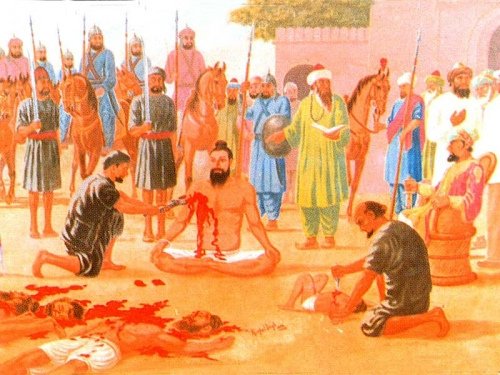
——————————————————————————————
 No Conversion @noconversion Dec 6
No Conversion @noconversion Dec 6
How many people knew about him

On this day 18th June 1858, Jhansi Ki Rani LakshmiBai gave her life while fighting Britishers…Not Many people know surviving family of Rani LakshmiBai were first officially honored in 2015 …

——————————————————————————————

 No Conversion @noconversion Dec 7
No Conversion @noconversion Dec 7
Do you know her? She made ghats wells and rest-houses in South India & across the Himalayas. she built temples in Somnath Kashi Gaya Ayodhya Dwarka Hardwar Kanchi Avanti Badrinarayan Rameshwar Mathura & Jaganathpuri. Her name was Ahilyabai Holkar
 No Conversion @noconversion 14 hours ago
No Conversion @noconversion 14 hours ago
कश्मीर का नाम कश्यप ऋषि के नाम पर पड़ा था! कश्मीर के मूल निवासी सारे हिन्दू थे!
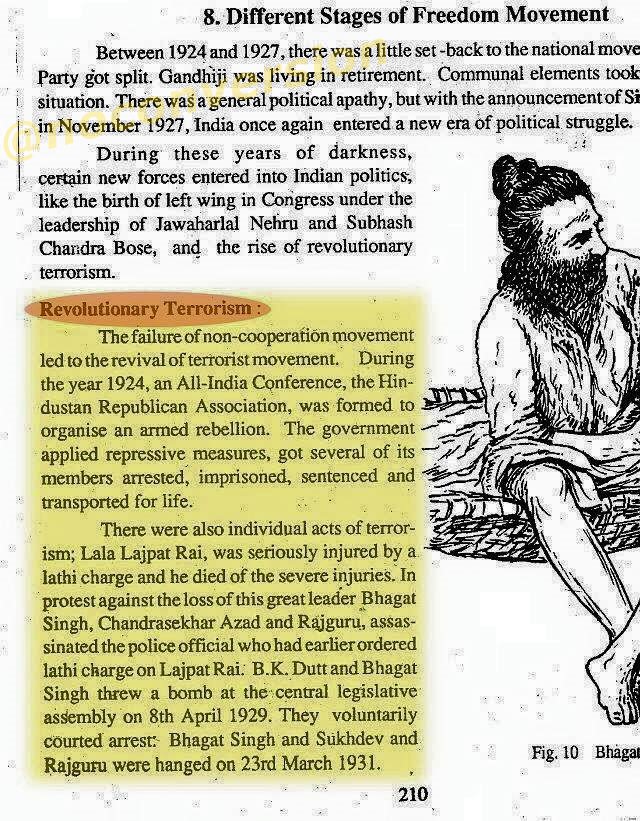

 No Conversion @noconversion Dec 15
No Conversion @noconversion Dec 15
Caste is used against HINDUS BUT it is a Portuguese Word Britishers imposed this on India No Indian lang or scripture had this WORD
——————————————————————————————



The Reality of Christian Caste system … nobody talks about this …
When Christian is converted to Muslims……you get a Virgin Mary Masjid…

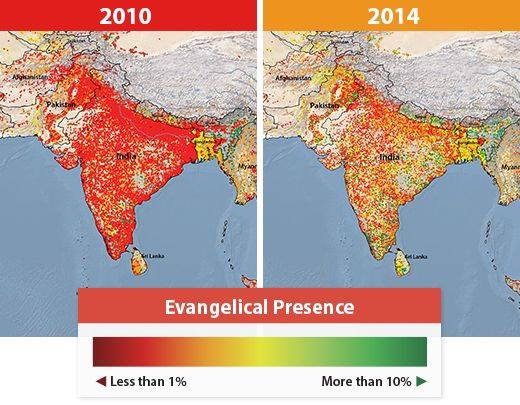
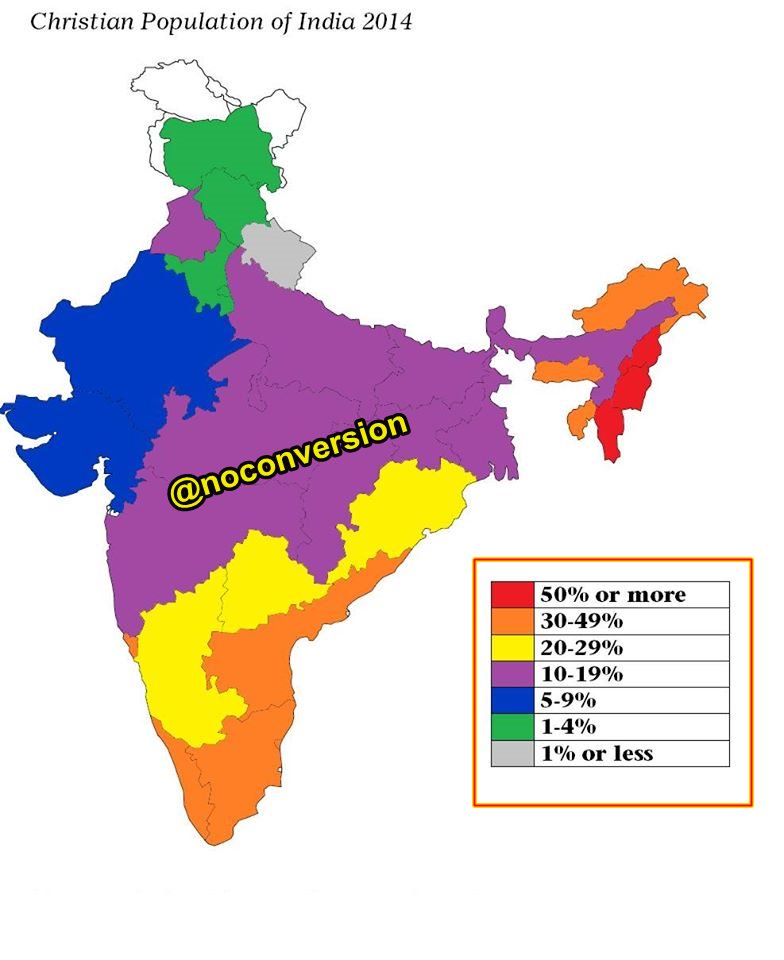
Dharmanagar, Tripura (India): Within 50 years, almost all the people of his tribe have become Christians gofundme.com/krystalindia
Do you know about Crypto Christians ??


youtube.com
——————————————————————————————Kerala Church summons man married to Hindu woman. Demands explanation wy wife n kids not practising Christianityhttp://rtn.asia/g-c/18222/christian-man-who-marries-Hindu-girl-summoned-by-tribunal …



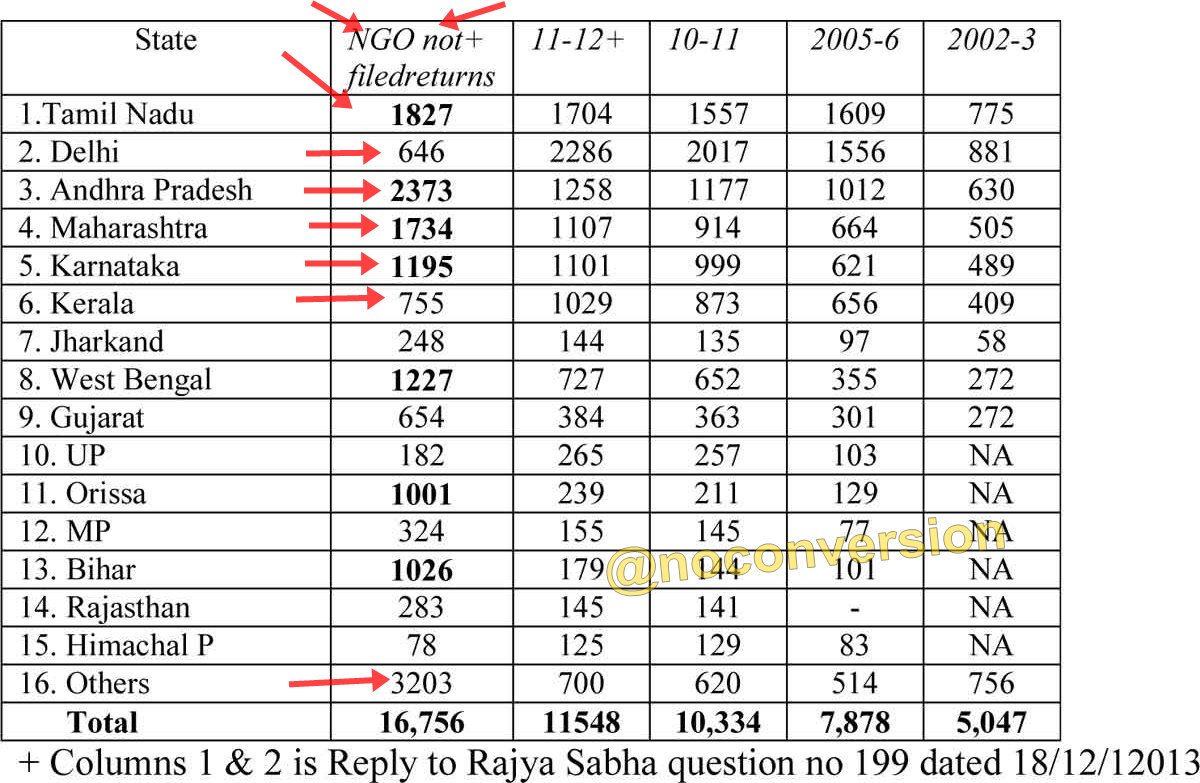

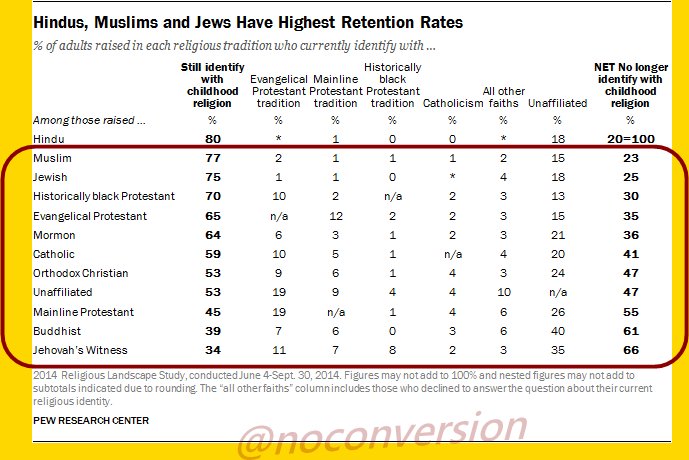
 https://m.facebook.com/story.php?story_fbid=10153752886319833&id=623184832&ref=m_notif¬if_t=comment_mention … @sankrant @RajeevSrinivasa
https://m.facebook.com/story.php?story_fbid=10153752886319833&id=623184832&ref=m_notif¬if_t=comment_mention … @sankrant @RajeevSrinivasa





Hindus also have rights … not just Christians







Every day, I get this question… So I have to make a ready response … Christian groups and church know that FRAUD conversion is rampant …. but all they do is cry about HATE… it is not hate

If someone really wants to change the religion … let them do in front of Sub Divisional Magistrate … and remove all benefits ..of SC/ST….. not a single conversion will happen !!!







———————————————–
Robert Vadra’s asset maze: Records show his companies have masses of land banks across three states

Tavleen Singh’s Latest Book Is A Scathing Denouncement Of The Nehru-Gandhis
Insider Accounts Establish Sonia Gandhi As Leading A Political Mafia? –
What is your view on saying ‘Congress has looted India for 70 years’? – Quora
—————————————-
9th DEC is officially Anti-corruption DAY for World.. for INDIA it is BirthDAY of a most corrupt person known to INDIA .. SONIA Gandhi

Mega Trillion$ Thorium Scam of #VaticanAgent SoniaG & team #CorruptCongress Contract given to an Amerian company who under the garb of dredging wud take away all the Uranium rich sand to US Reason why Sri Ram Setu was to be broken as that area rich in Uranium #RamSetuSatyaHai

I suggest observing this as “Fake Gandhi Day” or “सोनिया भारत छोड़ो दिवस”.

Where Did Nehru Go?????


This FAMILY picture has 4 Congress party presidents for last 60 years …How can this party be for people?

यूपीए की ग्यारह वर्ष का कार्यकाल चर्च द्वारा धर्मान्तरण प्रायोजित था —!

——————————-
S Subverted our culture
Subverted our culture
O Organised the loot of India
Organised the loot of India
N Nurtured terrorists in India
Nurtured terrorists in India
I  Imposed Apartheid on Hindus
Imposed Apartheid on Hindus
A  Aided Anti-Nationals in India
Aided Anti-Nationals in India
Sonia Gandhi is retiring it is a very sad day for India…..She should have been put in jail…An Italian Vatican stooge with no skill looted India and we did nothing
Priyanka Gandhi Robert Vadra … got a Govt bungalow in Lodhi estates of Delhi. Pappu Gandhi has one …Sonia Gandhi also has one … Why? After three years of BJP Govt?
Do you know Pappu Gandhi (12 Tuglaq Road) and Sonia Gandhi (10 Janpath).. live separately in two bungalows… and Taxpayer of INDIA pay for the upkeep and security …Costing Lakhs of rupees per month
Poll – What will Sonia be doing after retirement
Please trend #corruptSonia today is her birthday ..remind everyone in INDIA how she destroyed INDIA
#corruptSonia #corruptcongress 9th December should be mourned as Corruption day … this day Sonia Maino Gandhi was born
The most Corrupt politician in INDIAN history has been Sonia Gandhi…9th DEC is her Birthday Lets MAKE that day as #corruptionday #corruptsonia … Let’s prepare for it and trend
—————————————————————————————–
Distortion of Indian History by Nehruvian Historians
Distortions in History: Causes and Consequences- Table of Contents
Distortions in Indian History, Dealing With Core Issues
A theory of the abuse of History
India, Indology and Deep Colonialism (by Subhodeep Mukhopadhyay -Part 4)
Distortions in History: Causes and Consequences- Ch. 2: Distortions in Indian History
Check how Britishers distorted the Indian history systematically!
How Indian History Was Distorted, The First History Of India – Ramani’s blog
Hinduism or Sanatan Dharma-A victim of fake propaganda and …
Activists
Leftist historians distorted Indian history: Venkaiah – The Hindu
‘Left-leaning historians distorted Indian history’- The New Indian Express


Distortion of history by NCERT – Shri. Niraj Atri (Part 2) – YouTube
Distortion of history by NCERT – Shri. Niraj Atri (Part 3)
—
The Old Guard Protests…
Stop Distorting Facts, Say Eminent Historians To PM Modi

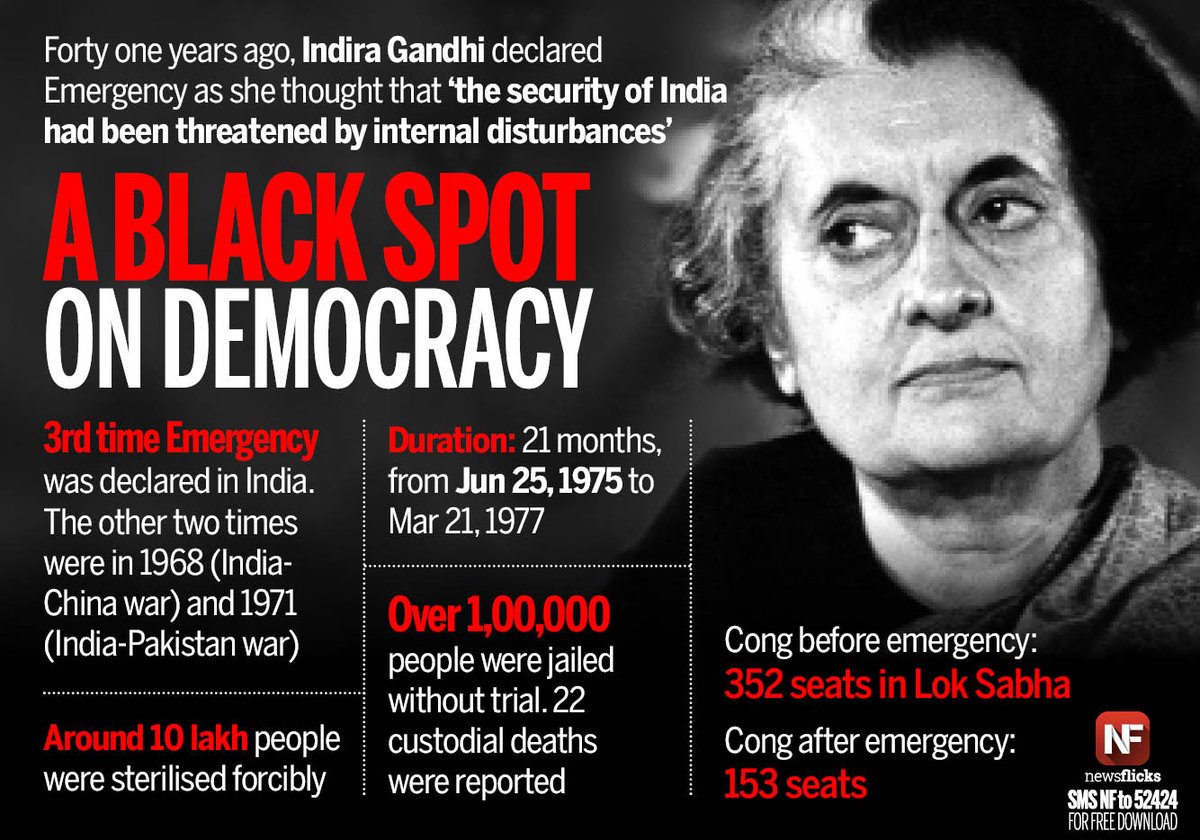


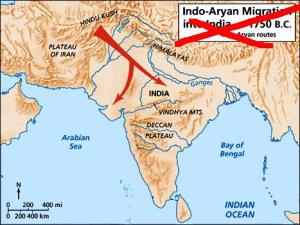
https://www.vedanet.com/the-aryan-dravidian-divide-is-a-political-myth/
Told PM Narendra Modi privately that country shouldn’t be divided in to religious lines: Barack Obama https://www.ndtv.com/india-news/told-pm-modi-privately-that-country-shouldnt-be-divided-on-religious-lines-barack-obama-1782394 …
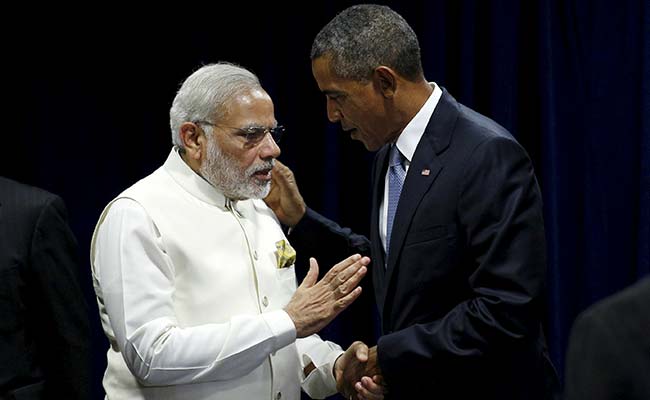
Anthony Saldanha Retweeted DailyO
This is not first time In Feb 2015 when Delhi church attacked then Prez Obama called Govt of India with stern message &12 hrs action by Delhi police. God forbid UN sanctions don’t come down as I suspect Obama message is just a precursor to what’s to come https://twitter.com/DailyO_/status/936600801262362624 … …
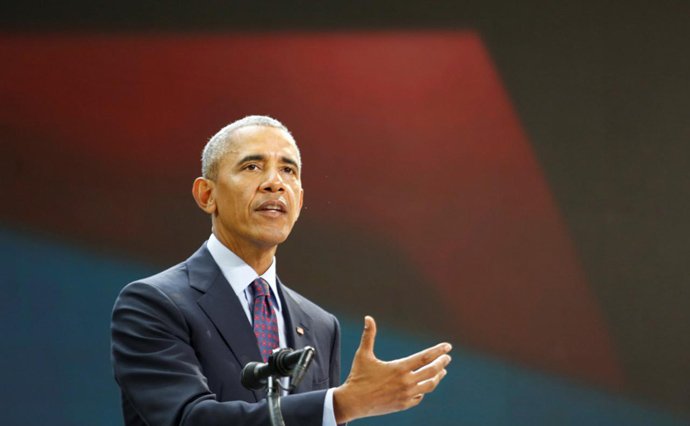
Are you referring to the Church Terrorists in North-East India who rape Non-Christian women and Mass Murder Hindus/Tribals to spread Gospel?
When has the Catholic Church ever honored Hinduism or its great gurus, given upconversion efforts, or apologized for the Inquisition in Goa? Its efforts to undermine India’s great dharmic civilization have been going on for centuries.
Are Christians safe in India or Pak/Bangla? Church attacked, 9 killed in Pak. Christians have been decimated, persecuted or killed in Pak. Indian Christians don’t yet understand! Here they enjoy more rights than Hindus.
——————————————-
There is a hit list Mr. Rebeiro, but not with your name. We heathens are targets. My article: http://www.rediff.com/news/column/no-Christians-are-not-persecuted-in-india/20150320.htm …

I’ve watched RSS workers closely. It serves d suffering in quakes, war, flood, hurricanes,famine&plagues without any advertising. RSS is pro India, pro-Hindu.Arn’t All Indians Hindus? Bharat is the mother of RSS, it’s 4 uniform civil code. Jihadists only call it terrorists
——————————————–
These rice bag missionaries are not even leaving the #Andamantribes alone! Even though they are protected tribes, and contact is forbidden UPA gave free run to these guys to ‘civilize’ them! @noconversion @NawazSariif @AdiMadhav @kapoorashok25 @DrGarekar @Kaalateetham @krdave

Breaking India forces, joining hands in the name of getting more free benefits
Equality demanded Dalit Christians and Muslims

Dalit Christians !!! From Dalit to Christian to Dalit Christian …. they change for government benefits, started by Khangress


The Catholic Bishops’ Conference of India (CBCI) has designated that August 10 be observed as a “black day,” and called for demonstrations to be organized to show support and solidarity to those…
cruxnow.com
#Dalit #Christian want benefits of Dalit + Minority because they are Christian…Why Christianity has a CASTE system where they oppress people?

A lot of Practicing Xtians were employed in TTD over the years on a reservation basis. They are now openly roaming to Churches for worship & challenging AP state govt to remove them from a job if the govt has guts??
Converted Christians are trying to become Dalit Christian so that they can get benefits of being minority and SC/ST… nice




Did the “Art of Living” Event Destroy The Yamuna, as Alleged?

The court is hearing a PIL filed by Vellingiri hill tribal protection society, seeking demolition of the alleged unauthorized structures.
newindianexpress.com
visit to sadhguru jaggi vasudev ashram | isha yoga center in Coimbatore
Kris •
————————-


Christian-Missionary Raj in India thru Sonia (Miano) Gandhi | Sulekha Creative

“By education, I am an Englishman, by views an internationalist, by culture a Muslim & a Hindu only by accident of birth.” Such an ‘accidental Hindu’ guy and his progeny steered the destiny of this Hindu-majority nation for many decades. Did they love the people or themselves?
—————————————-
Sonia Gandhi begs Muslim votes through Bukhari but here’s one from Bangalore:

What should be the caption for this? Our tax money goes to Hajj Subsidy Christian Schools Islamic Madrasa JNUPaid Media Why This needs to STOP Right now
Our tax money goes to Hajj Subsidy Christian Schools Islamic Madrasa JNUPaid Media Why This needs to STOP Right now
Mamta loves Muslims and Christians !!!

Shocking! In an inhumane, cruel, Barbaric act, a 6 months pregnant relative of a BJP worker was first kicked in the stomach and then raped by barbarians of TMC !! Is West Bengal no more a part of India? Will it be allowed to run the ISIS way? @PMOIndia

The incident occurred in the wee hours of Sunday when the alleged ruling party cadres broke into the candidate’s house (name withheld) at Ghoralia number 2 gram panchayat.
newindianexpress.com


Arvind Kejriwal by attending Christian conversion event it is a direct indication of his support
Arvind Kejriwal supporting Hindu to Christian conversion program – YouTube
Current situation of India ….Hindus have failed to recognize the biggest threat to Bharat …Evangelical Christianity which is based on expansion

——————————————————-

She did so much damage to TN that it has become worst than NE
Amma with all the Papas This is the reason TN is more than 20%Christian !! 


These type of images and messages are giving FALSE sense .. Majority of CONVERTS have kept HINDU names and on paper, they are counted as Hindu so that they can get SC/ST benefits .. pure nonsense

No Conversion Retweeted
 apple aurat @vidusri apple aurat Retweeted apple aurat
apple aurat @vidusri apple aurat Retweeted apple aurat
Year you go ask for CSR funds for @aim4seva or such organisations which truly practice secularism we are turned away. And Govt gives incentives to missionaries etc . @noconversion

Huge modern govt funded schools in Telangana. Reserved 100% by religion test. No admission if you’re cursed to be Hindu in “secular” India.

I have never seen any programs like this for Hindus … Even the Temple money goes to GOI
#Rohingya Muslims are converting to Christians in Delhi… Because they know Govt in Delhi is going to provide benefits and protection

They live a quiet, sheltered life in Delhi’s Vikas Nagar
——————————————————————-
scoopwhoop.com


#KanhaiyaKumar: The New Hero My #cartoon https://t.co/16f3VmyWib

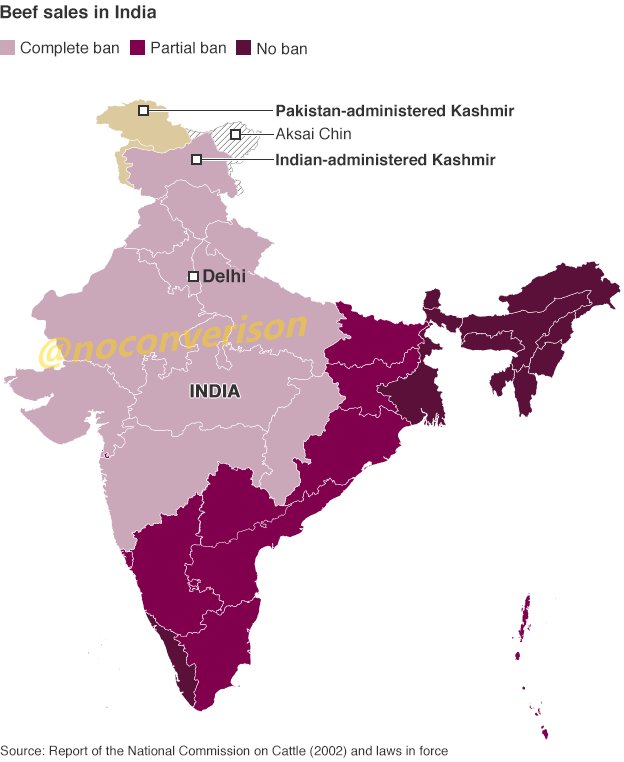




Pic 2: Bakr Eid Mubaraq Ho!

Once a year Holi is bad! And What happens daily in lakhs of Slaughterhouse in India is Good for Water !!!


After Ban On Sale Of Fire-crackers, Why Not Have Eco-friendly Eid With A Ban On Slaughter Of Animals? I argue:
Hindus should in December start green Christmas drive. No cutting trees, no crackers, no drinking.

Republic TV investigation down on the ground in New Delhi found firecrackers being sold against the ban imposed by the Supreme Court. …
republicworld.com
If this is true, it would be a massive blunder & deception of the Indian public. Why no full disclosure all along?
Delhi’s rising pollution is caused by a dirty fuel that most countries have banned
#BoycottPanasonic Diwali is over .. but we have to make sure that we DO NOT forget this issue while making our next purchase

Eliminating firecrackers won’t solve the problem. Killing fuels dirtier than coal would.
qz.com
Western media upset at Taj Mahal downgrade, but never noticed the neglect of so many Hindu iconic sites:
Is India neglecting the Taj Mahal because it was built by Muslims?
Foreign Media Asks Is India Neglecting Taj Because Muslims Built It

The country’s key attraction has been denied promotion and cultural funds by the Hindu nationalist state government.
washingtonpost.com
————————————————————————————-
 No Conversion @noconversion 23h23 hours ago
No Conversion @noconversion 23h23 hours ago

क्या हिन्दुत्वादी सरकार केरल में हिंदुओं की सुरक्षा के लिए कदम उठाएगी ? जहाँ हर दिन हो रही है एक हिन्दू की हत्या । http://azaadbharatofficial.blogspot.in/2017/05/Every-day-in-Kerala-killing-of-294-Hindus-Hindu-has-been-done-till-now.html …

Yesterday @SitaramYechury shamelessly blamed these victims for their death.. #JanaRakshaYatra
Sadanand Master is a living example for #CPMTerrorism.Both his legs were chopped off by CPM goons. #Kerala #BJPLivesMatter @SitaramYechury

Girish Alva Retweeted HaindavaKeralam
The Brutal murder of Anand should be the last sacrifice! We cant let this continue anymore! #BanTerroristCPIM
Anand- 26 years old #Dalit Swayamsevak was stabbed & killed by leftists-Islamist goons in Kerala today. The pic is heartwrenching! How Anand’s Amma struggled to raise her son, into a bright youth! #LeftistTerror shattered all her dreams today. Om Shanti! 
——
#ModiAssassinationPlot was done by professors and lawyers, the #UrbanNaxals hiding in plain site in your colleges and neighborhoods. @vivekagnihotri‘s book is extremely timely, but is anyone listening? @HMOIndia

Urban Naxal – Shop Urban Naxal Book Online in India written by Vivek Agnihotri from Garuda Books online store with free shipping.
garudabooks.com
| Y. S. Rajasekhara Reddy | |
|---|---|
 |
गुड़ से परहेज पर गुलगुले से प्यार? इसाई होकर हिंदू मंदिर में क्यों दी गई प्रस्थापना? हिंदूओं की संपत्ति को लूटने के नए नए हथकंडे अपनाए जा रहे हैं,एक गौ भक्षण करने वाले द्वारा बालाजी मंदिर की पवित्रता भंग करना क्यों सहन करें हिंदू? @noconversion @TrueIndology @8177sonali

No Conversion Retweeted Sriram
Christians run their own gov? just like Muslims
Y politicians meeting churches for TN/KL fishermen issue? Do they run separate govt? @republic @TimesNow @IndiaToday @mediacrooks @rvaidya2000 @noconversion


This Sri Rama Vidya Kendra, probably the biggest Kannada medium school, was deprived of mid day meals due to hate filled governance of Siddaramaiah. But RSS leader Dr. Prabhakar Bhat didn’t give up. It scored 98% results in 2nd PUC (12th), while Karnataka’s average is 59.5% pass

Christian Missionary groups have played a big role in Karnataka elections… the year 2019 will be challenging for BJP and Hindus #KarnatakaFloorTest


we have to reverse this !!!

what do you say Now Hindus, Secular Hindus, Dalits ???

Archbishop of Delhi appointed by the Vatican asks Christian in INDIA to pray to defeat Modi govt in 2019 .. in reality ..as religious head he is asking people to make the political decision as dictated by FOREIGN org.. —
Delhi Archbishop launches election prayer campaign – ucanews.com
Delhi’s archbishop urged prayers for India’s democracy. Then he was slammed by Hindu nationalists.


Indian Catholics need to pray ahead of next year’s federal polls as democracy is under threat, he says
ucanews.com
This is purely to instigate .. and Malign INDIA …Christian Archbishops .. appointed and PAID by the Vatican is gearing up for 2019 .. first Delhi and now Goa
“Constitution In Danger, People Living In Insecurity”: Goa Archbishop

The archbishop of Goa and Daman has written a letter saying that the Constitution is in danger and a lot of people are living with a feeling of insecurity. In the letter…
ndtv.com
——————————————–

Conservatives are angry over the Delhi archbishop’s letter about religious tension in India
washingtonpost.com
An open letter to the archbishop of Delhi @gurichopra @Bengaloorurani @followaanchal @manisha_kadyan @ManshuKadyan @muglikar_ @vinayak_jain @TrueIndology @tishtriya @raniroyrocky @NamasteNiHao @ggiittiikkaa @GitaSKapoor @noconversion @GabbarSanghi @Gopanarya @TajinderBagga



Here’s the translation 


 —————————————————————————————-
—————————————————————————————-
“Rahul Gandhi in Digboi”- When people remain poor congress xtian party can then send missionaries. This is how they ruled India for 7 decade
—————————————————————————————-
Shameless TN Govt won’t allow Hindu s to have Ganesh Chaturthi procession. But Christian conversion procession is OK


Public sector-RINL donating to Christian organizations that promote conversions

In 1904 Britishers passed Land Bill and gave Huge land in all cities to Church

New worship places built in last 20 years in
Tamilnadu. Churches – 17500
Mosque – 9700
Temples – 370
———————————————————————————–
We pay 28% GST Christian CHURCH pays NO Income TAX NO GST all they do is collect money EVERY month for PRAYER

CHURCH fighting another CHURCH &Christian Judge refer bible in court decision? Don’t we have INDIAN constitution http://www.livelaw.in/kerala-hc-quotes-bible-fighting-church-factions-read-judgment/
Do you know Pappu Gandhi (12 Tuglaq Road) and Sonia Gandhi (10 Janpath).. live separately in two bungalows… and Taxpayer of INDIA pay for the upkeep and security …Costing Lakhs of rupees per month
———————————
The Govt owned land is given away by Local ML A to start a new Church in local School premises
 MLA gives way to land, draws villagers’ ire
MLA gives way to land, draws villagers’ ireTension prevailed at Nidamanuru village on Saturday when villagers staged a protest in front of Government High School opposing the deci…
newindianexpress.com
मुसलमानों के हज का खर्चा , हिन्दू के टैक्स से .. अब इसाई लोगों के लिए घुमने फिरने का खर्चा भी टैक्स के पैसे से … हम हिन्दू क्या सिर्फ टैक्स देने के लिए बेठे हैं?
FREE MONEY gave to CHRISTIANS by Govt of India … just like Muslim get for Hajj HINDUS just Pay TAX

Christians in the district have been urged to make use of the Jerusalem Pilgrimage Financial Assistance Scheme of the state government, which…
timesofindia.indiatimes.com
———————————————————————————————-
Loan Waiver program ONLY for Christian Converts … GOVT is encouraging conversion

The State has been witnessing an unprecedented scale of relief measures under the present Government, said Minister of Welfare of Scheduled …
thehindu.com
Tamil Nadu Government provides Financial Assistance to Christian only so that they can take a pilgrimage trip! All paid by tax money. In last 4 years, this program has expanded 5 fold

—————————————————————————————-
Andhra Gov also provides the subsidy to Christian only so that they can take a pilgrimage trip! All paid by tax money

—————————————————————————————–

———————————————————————————————-
 No Conversion @noconversion Apr 18
No Conversion @noconversion Apr 18

——————————-

How does Christian Missionary make TAX free and GST free money? this is from Paul Dhinakaran Site … he charges Rs500 per month for prayer?? he has 500+ prayer tower and more than 10000+ people doing “prayer” @sambitswaraj @IncomeTaxIndia @HMOIndia
–—————————————————————————————
ajit doval exposed media and ngo, real enemies of hindustan !!!!
The Swan Song of the Gatekeeper’s Cabal –

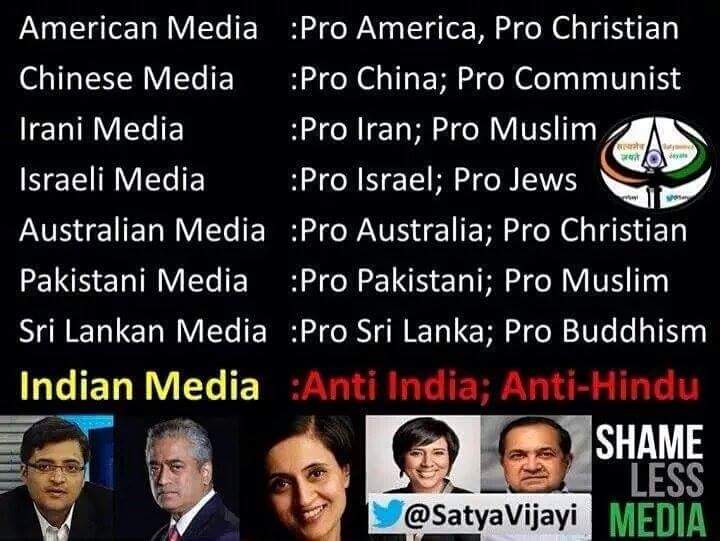


ईसाई missionaries के फेकेहुए पैसोओर TRP केलिए झूठ को सत्य साबितकर समाजको झूठ दिखा रहा है।


What’s more Dangerous #JihadistThreatToIndia or Terror Apologists who keep a blind eye to this clear present danger


Missionaries have planted NGOs & Media Houses to execute Anti-Hindu agenda. #Media420



